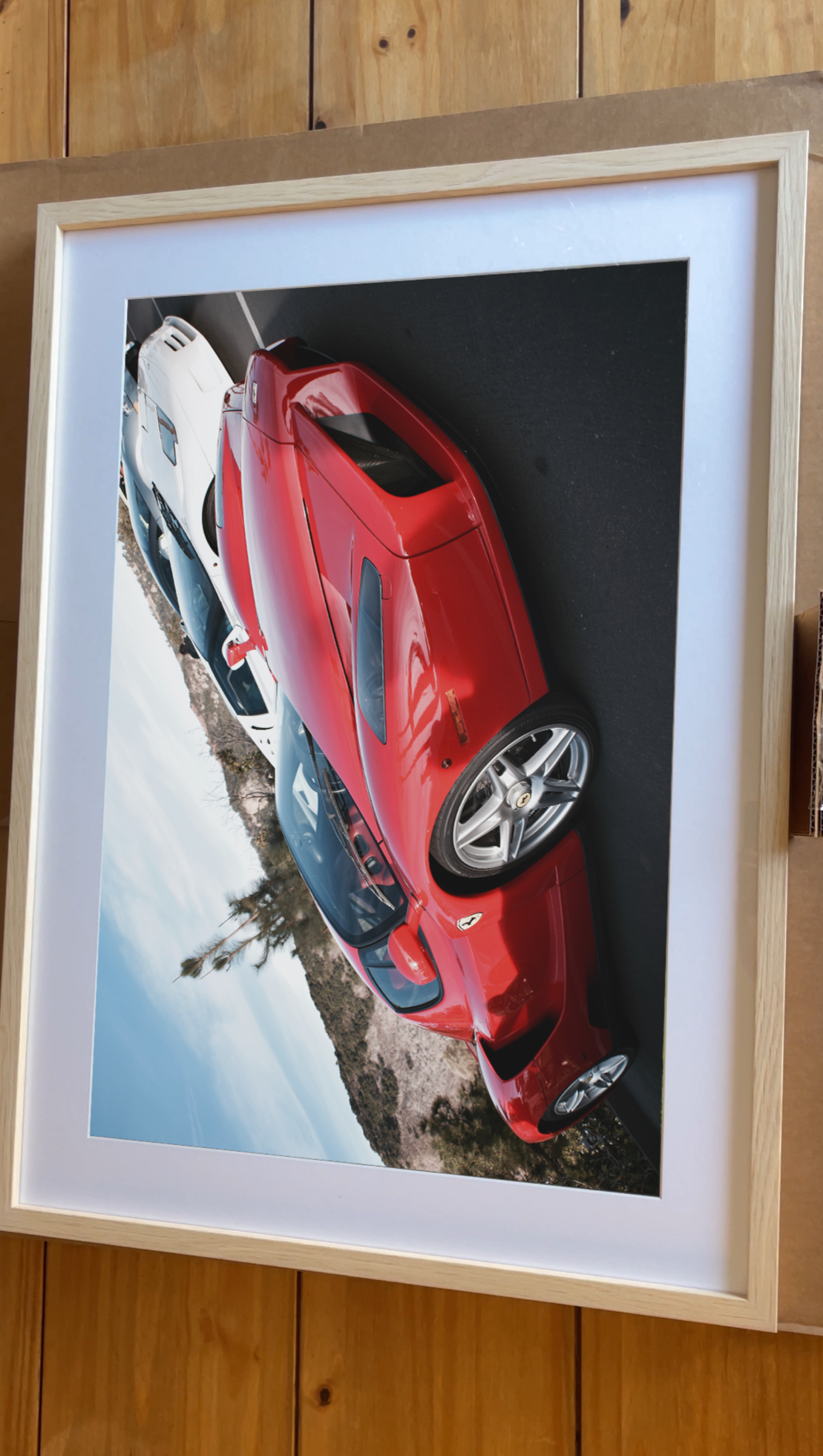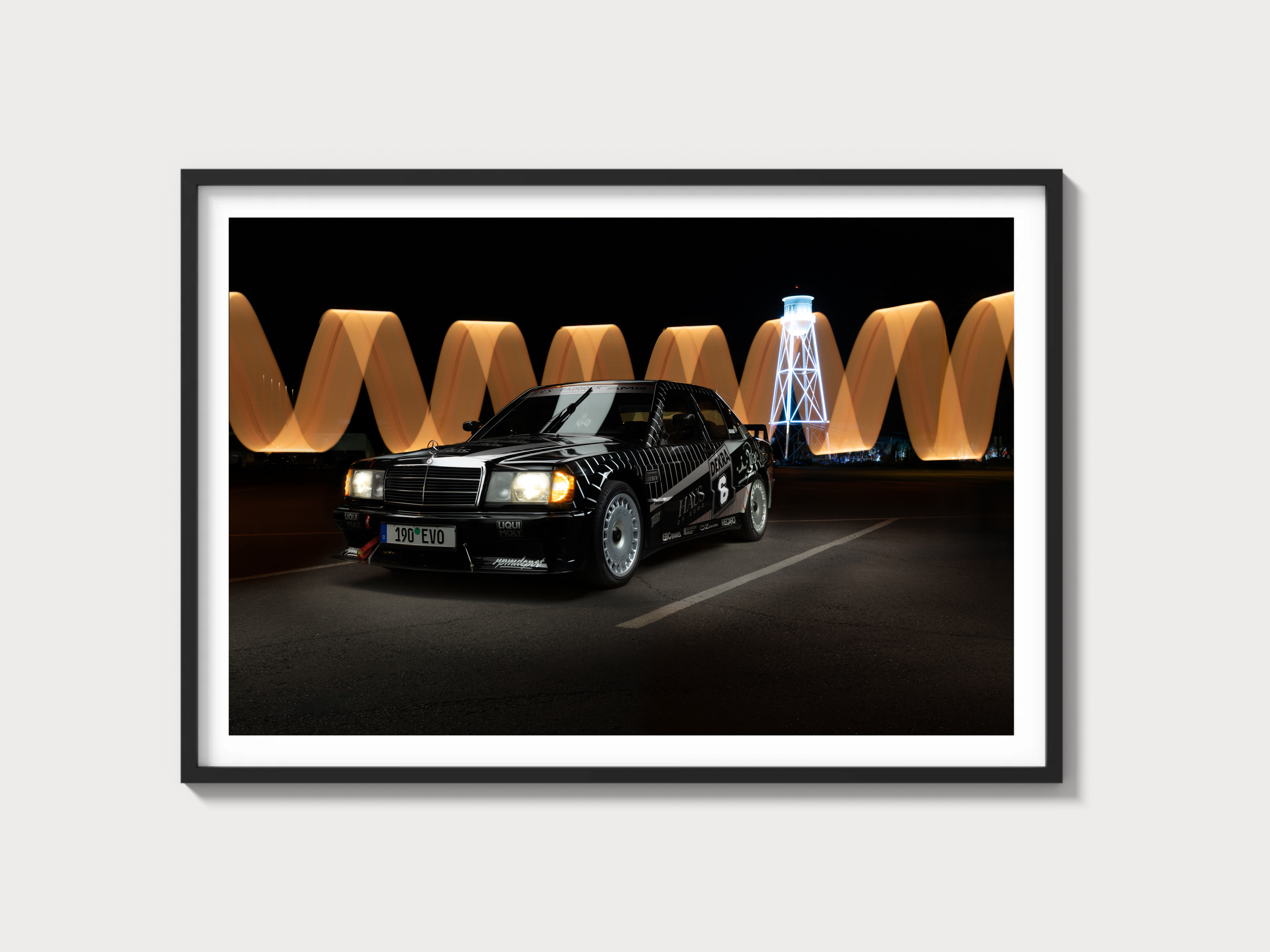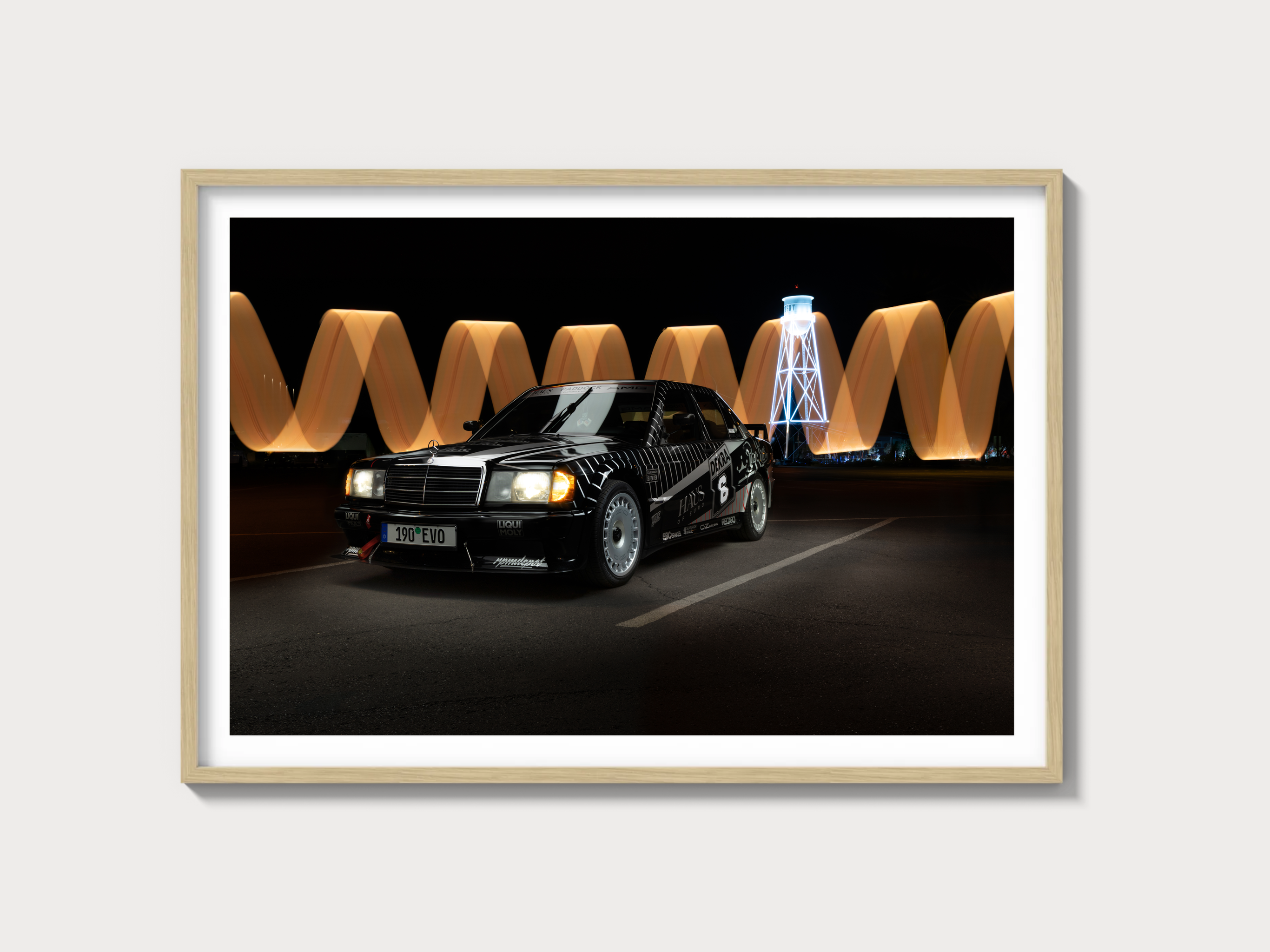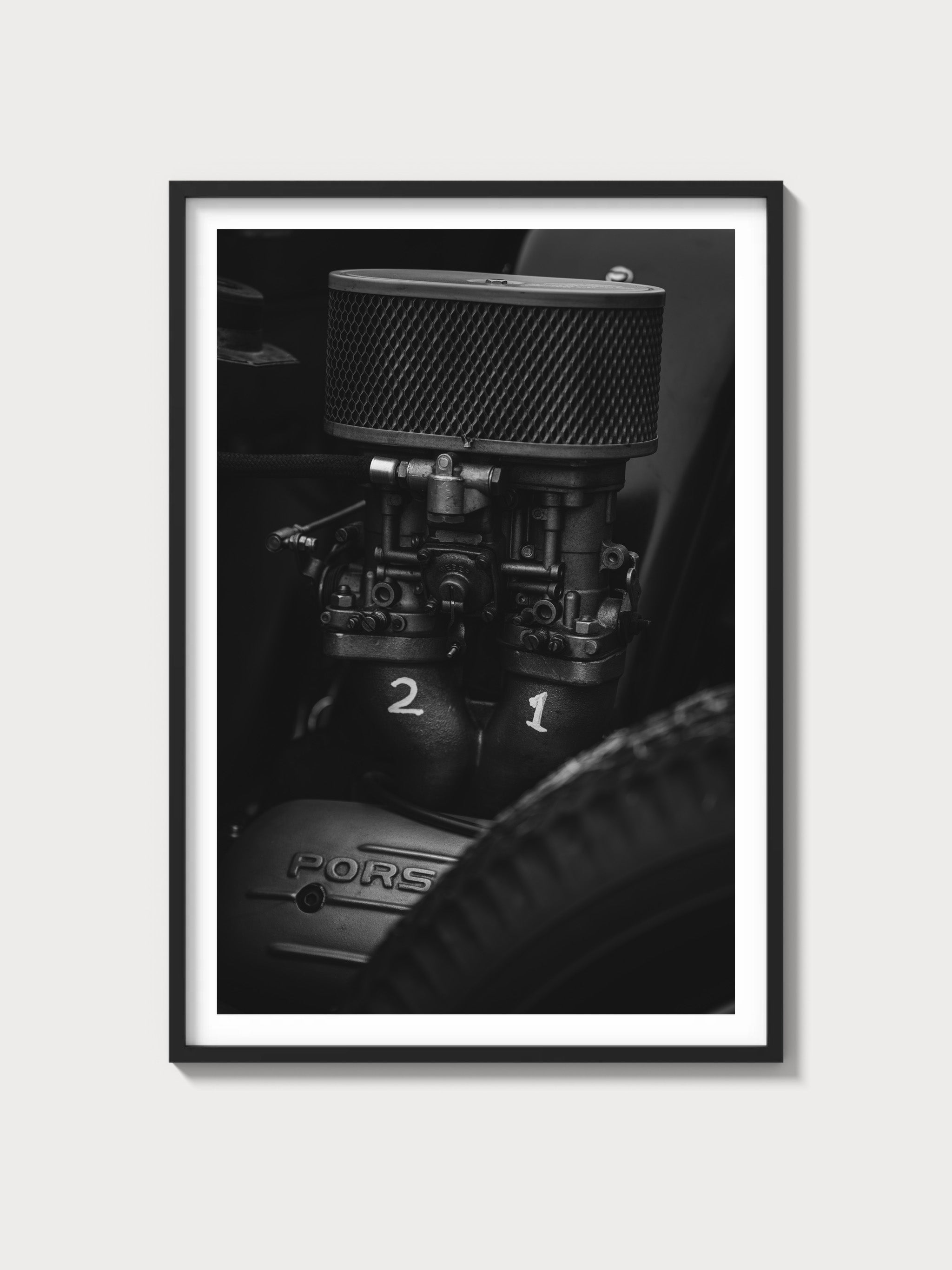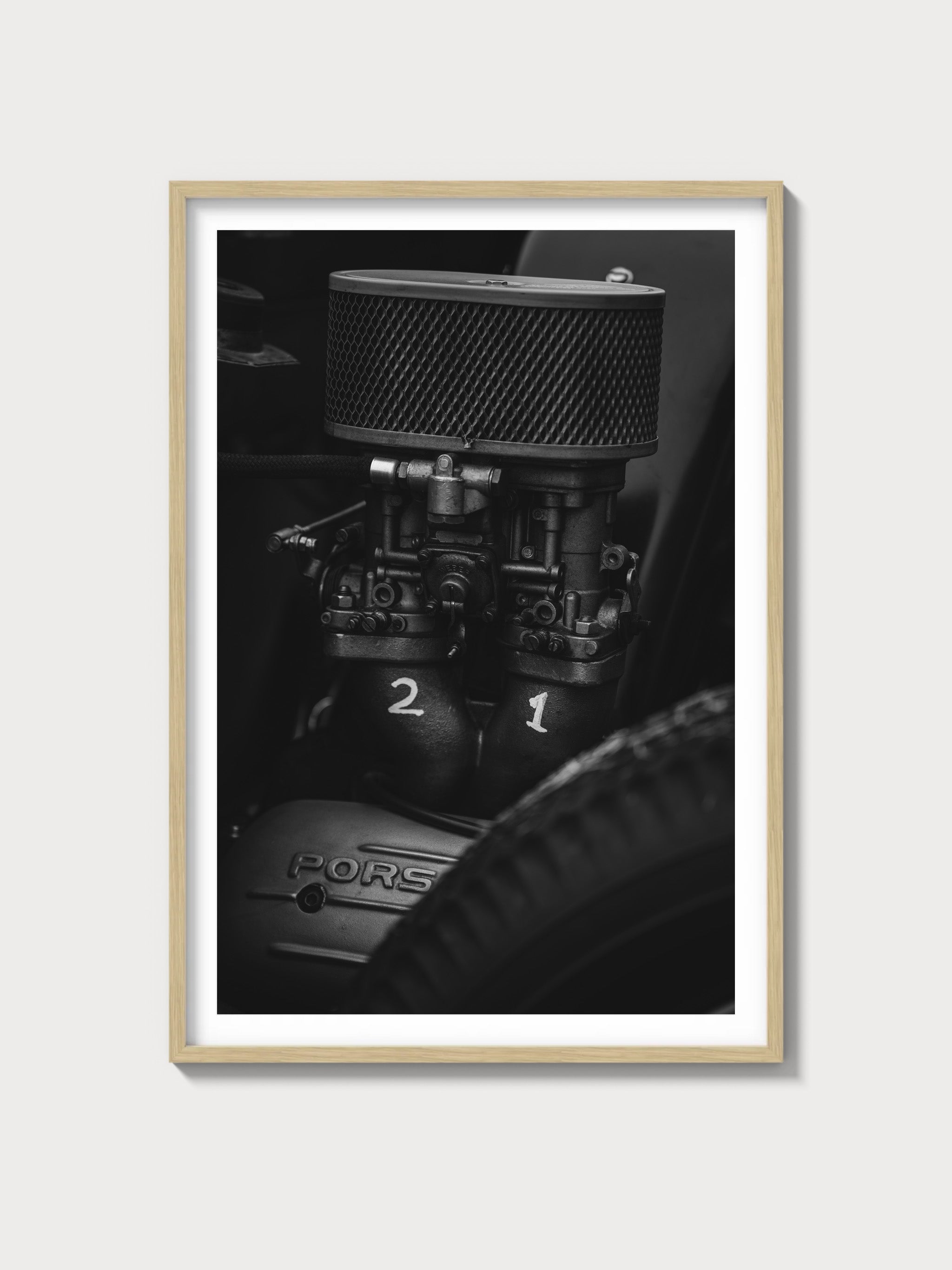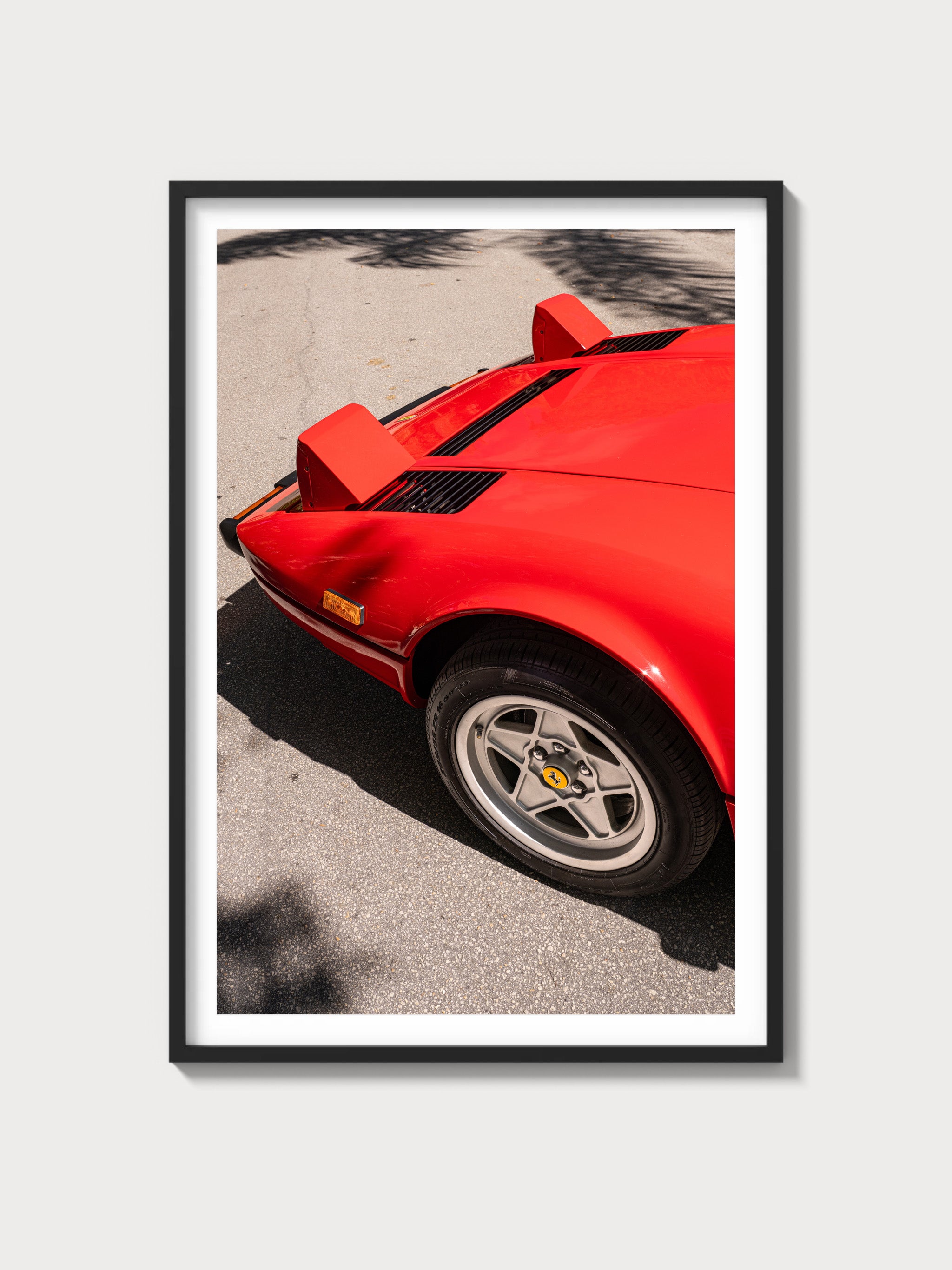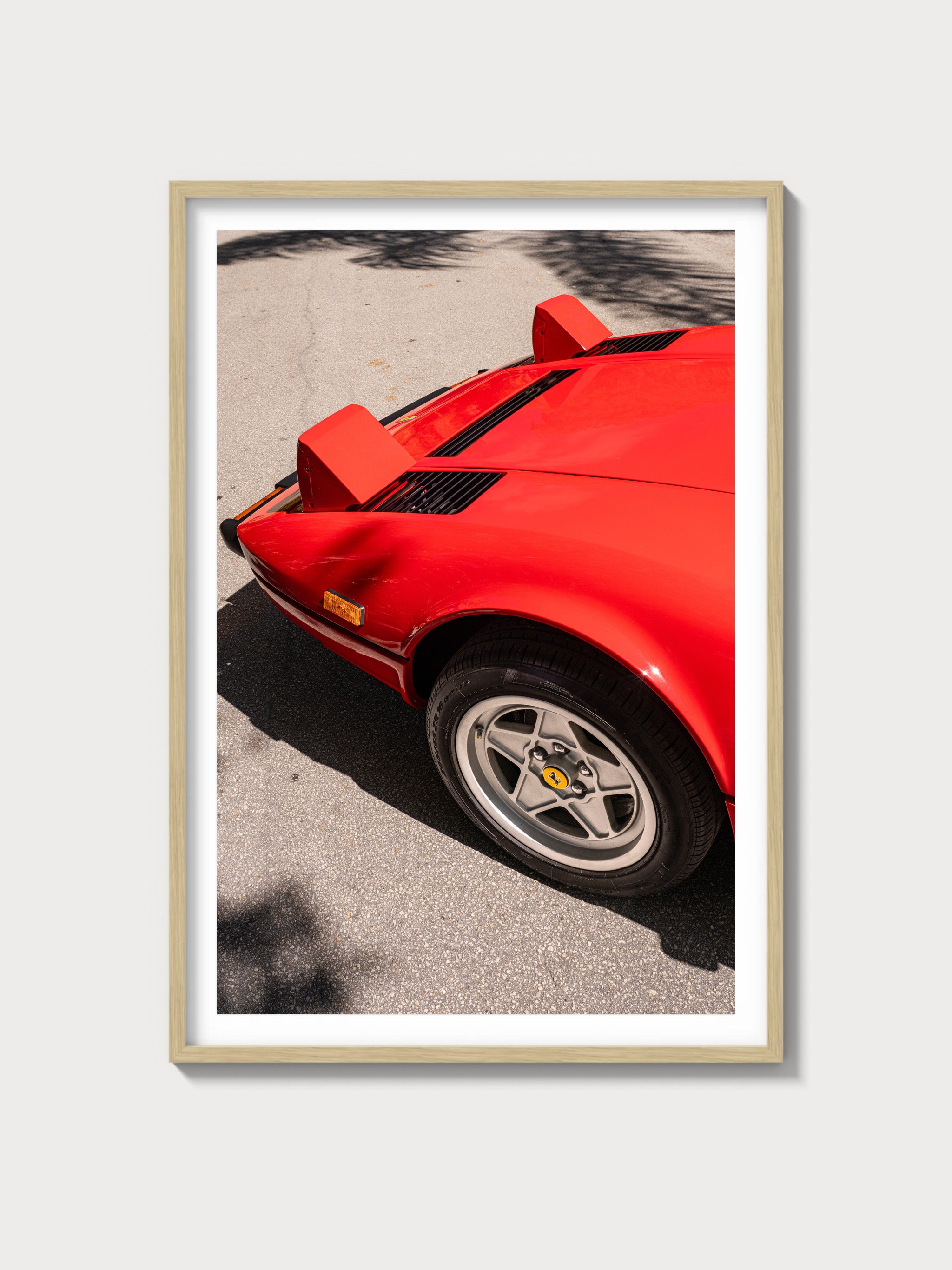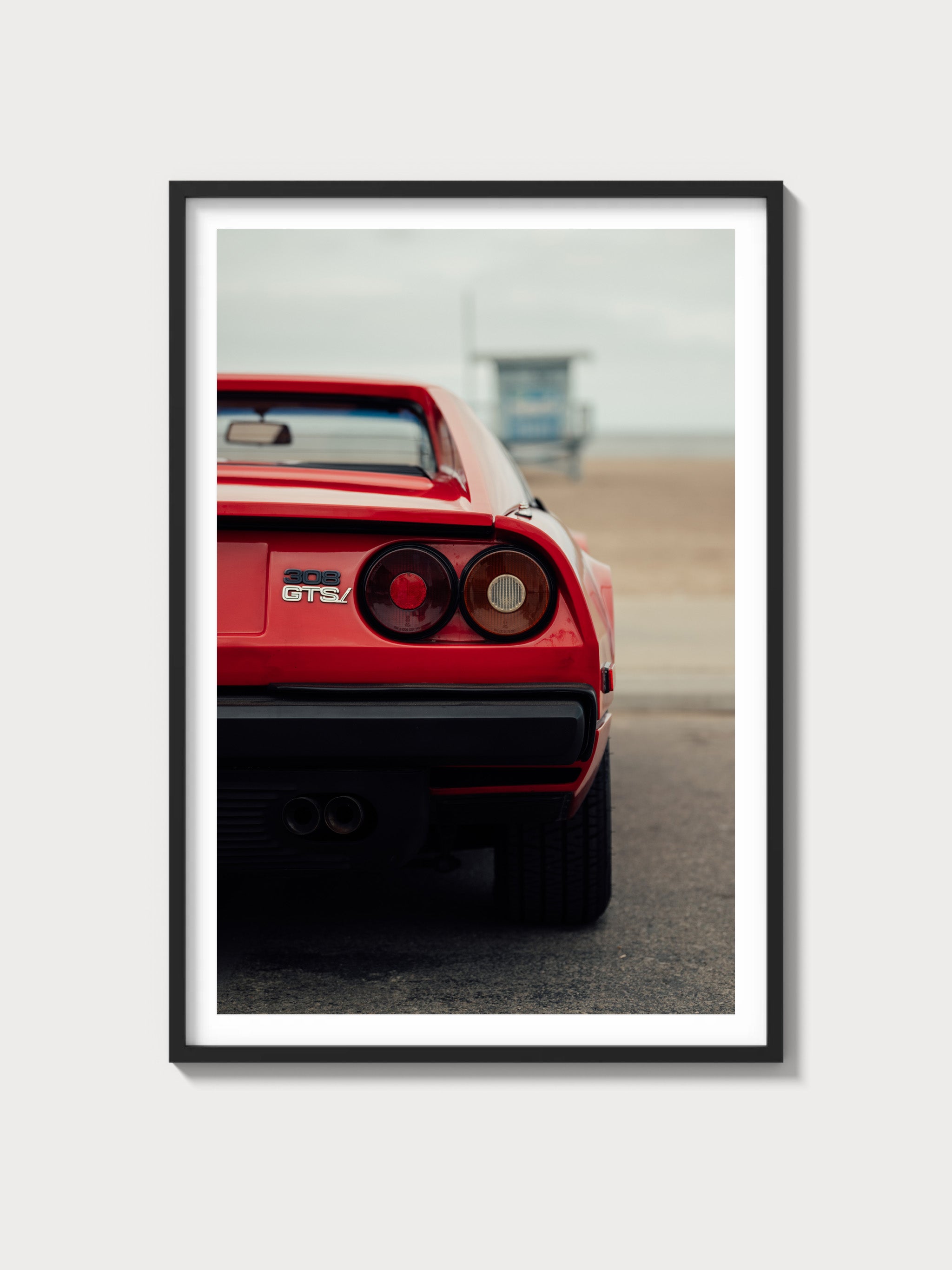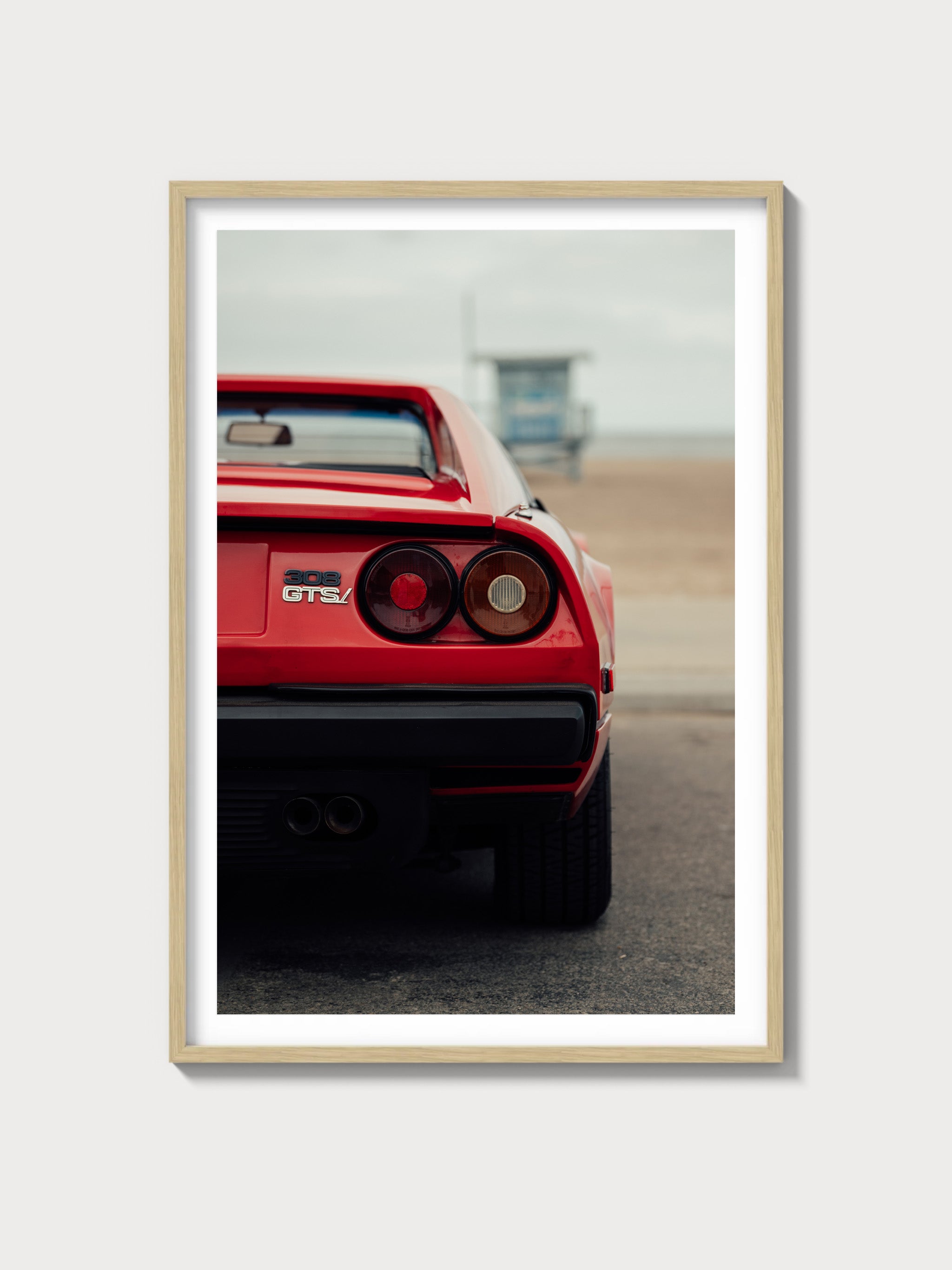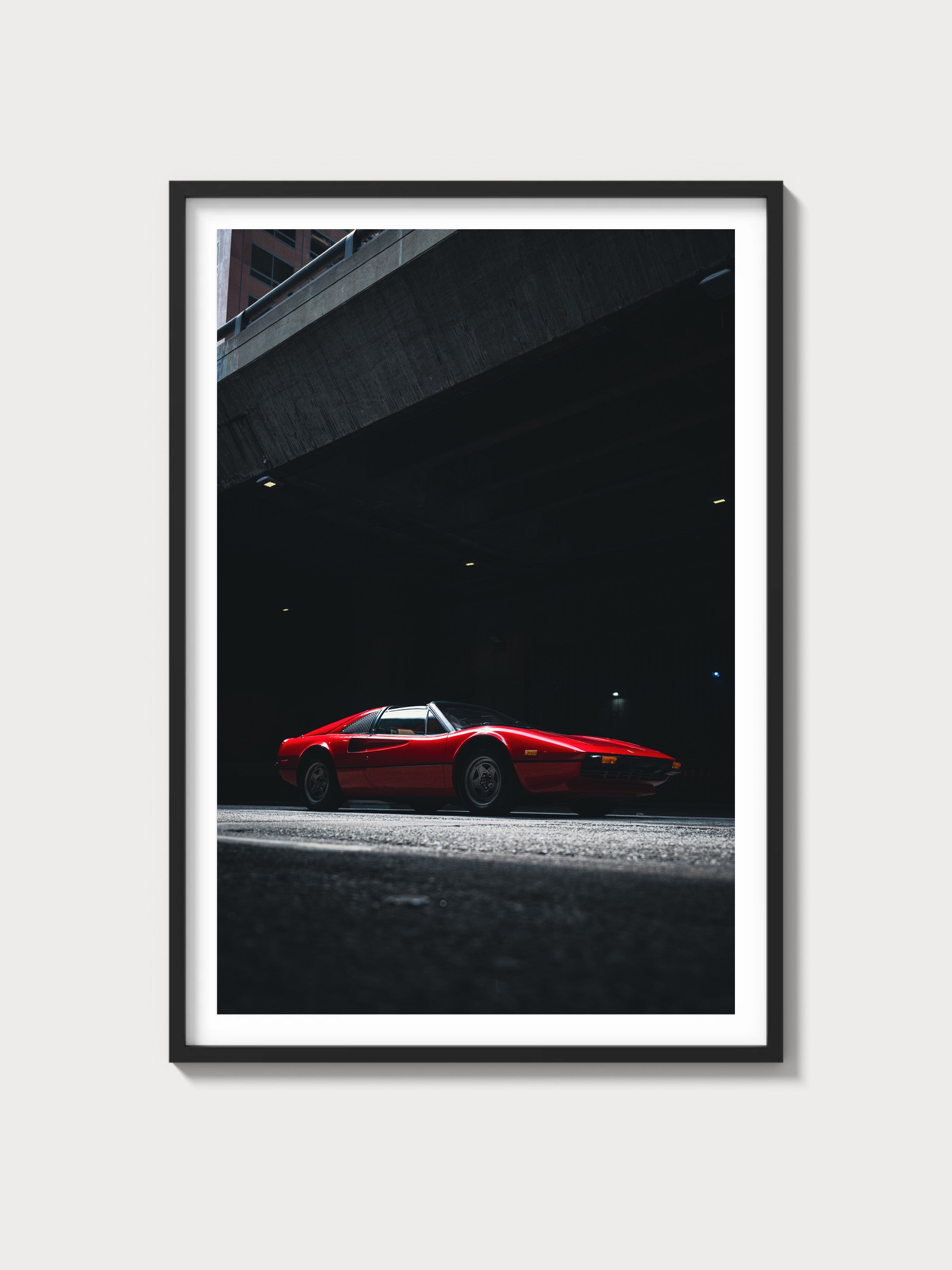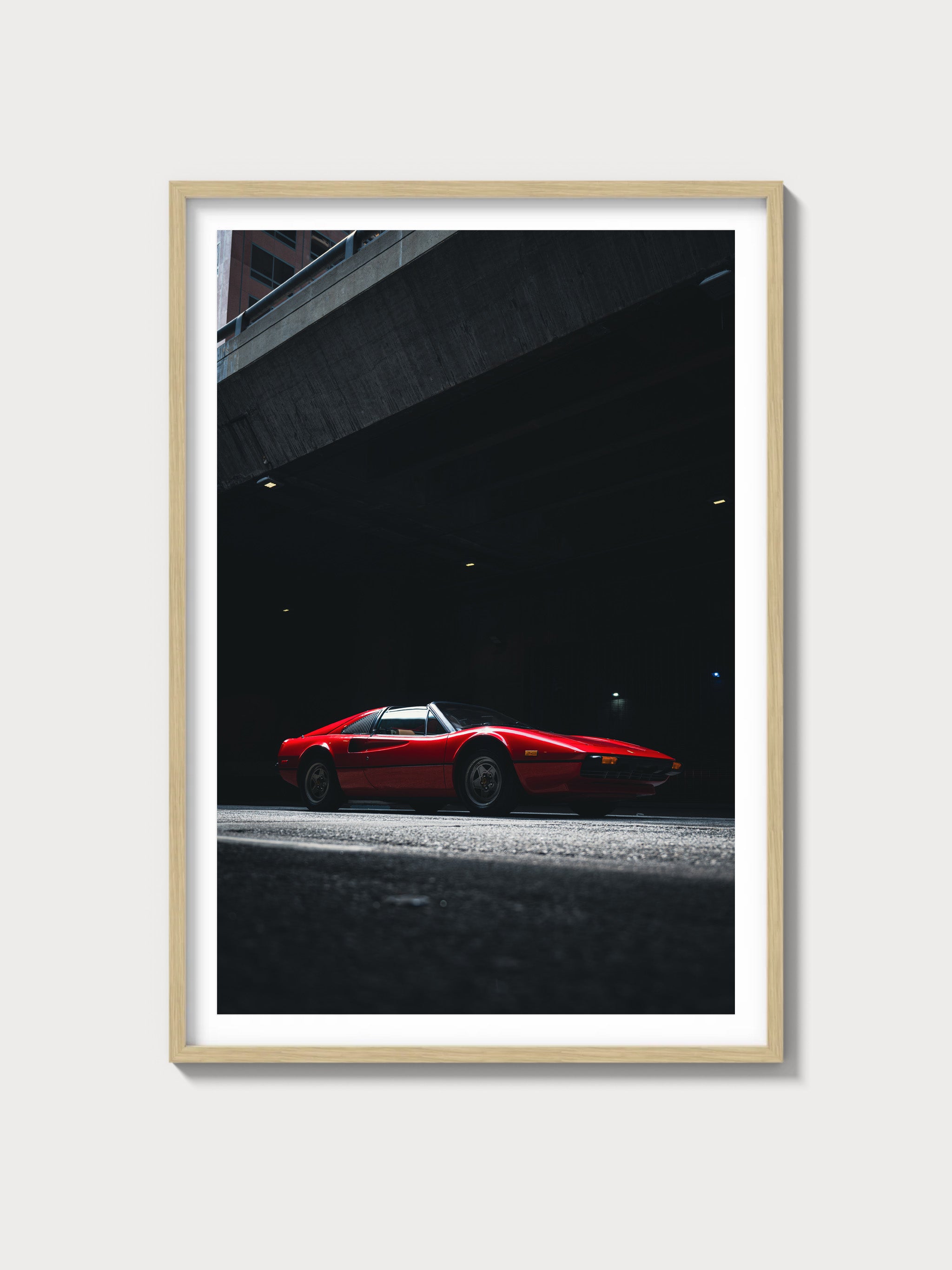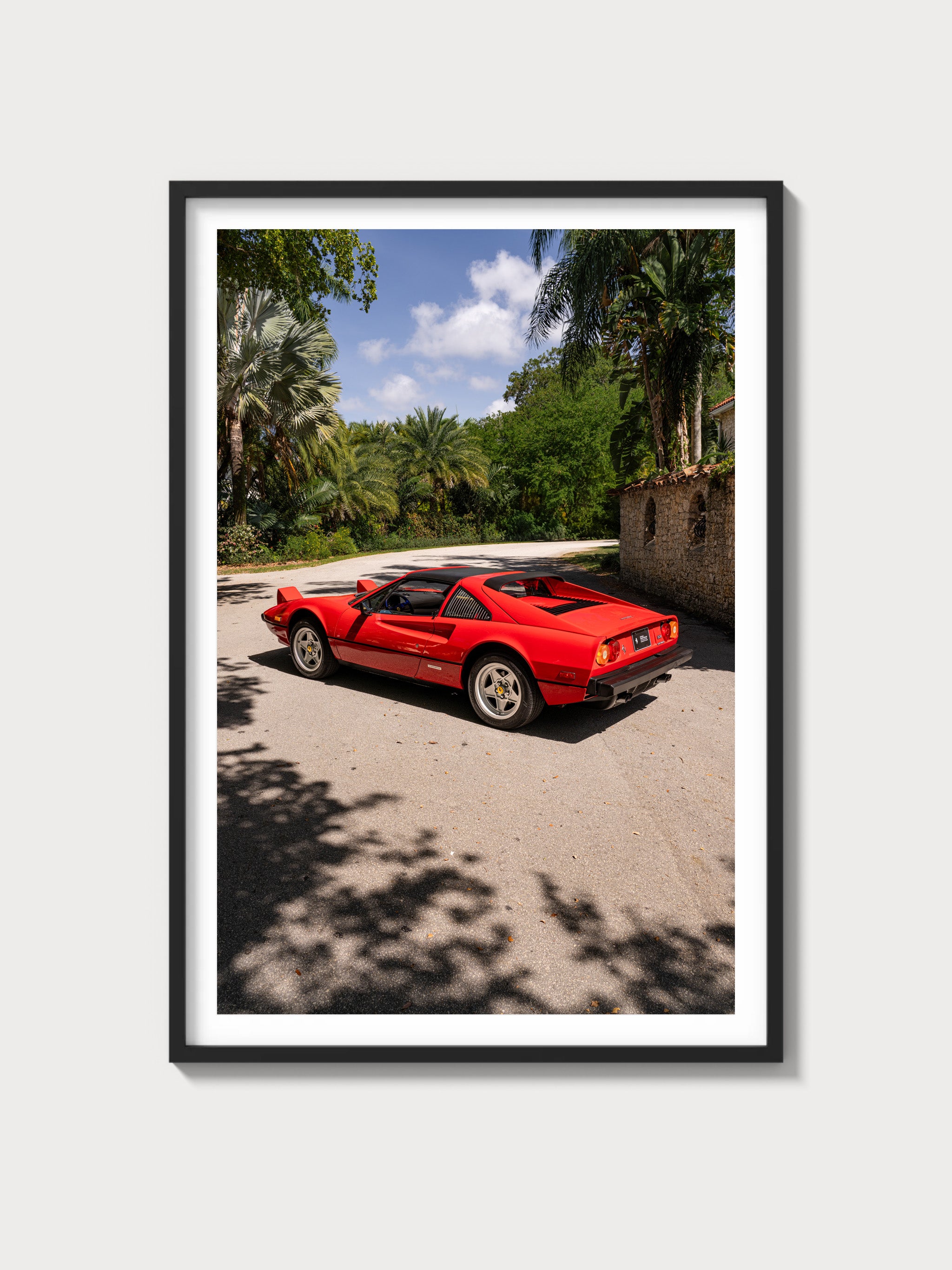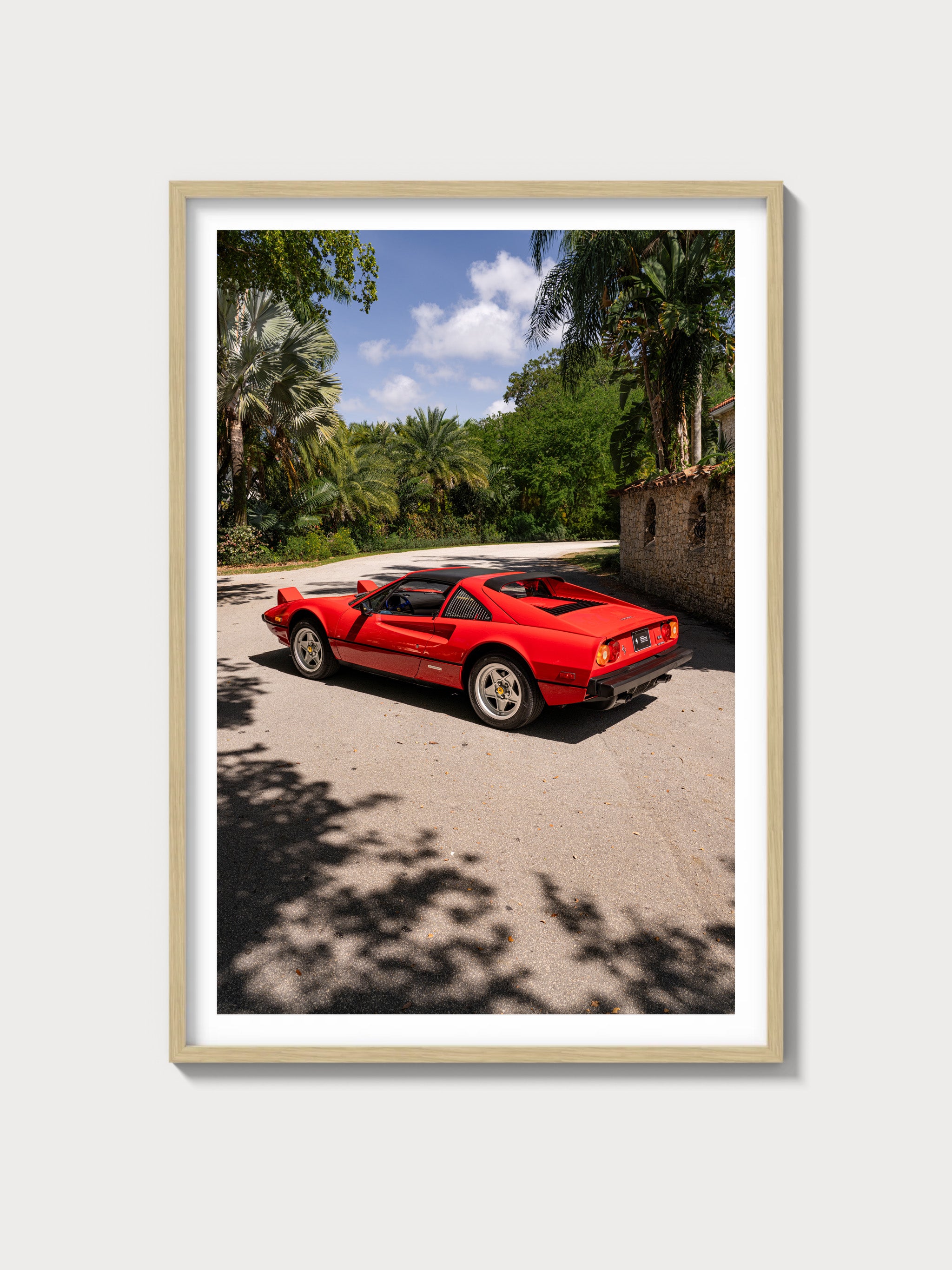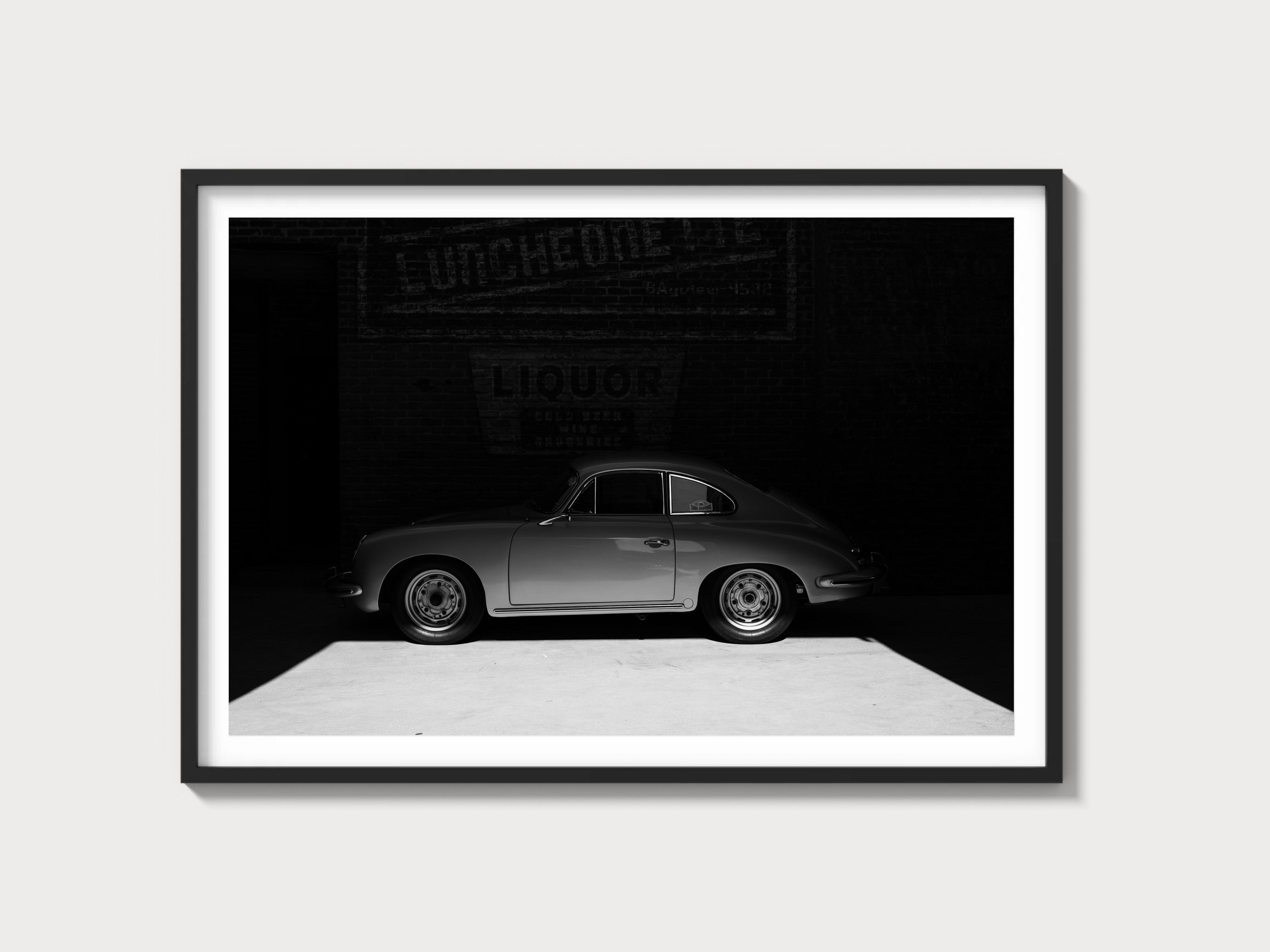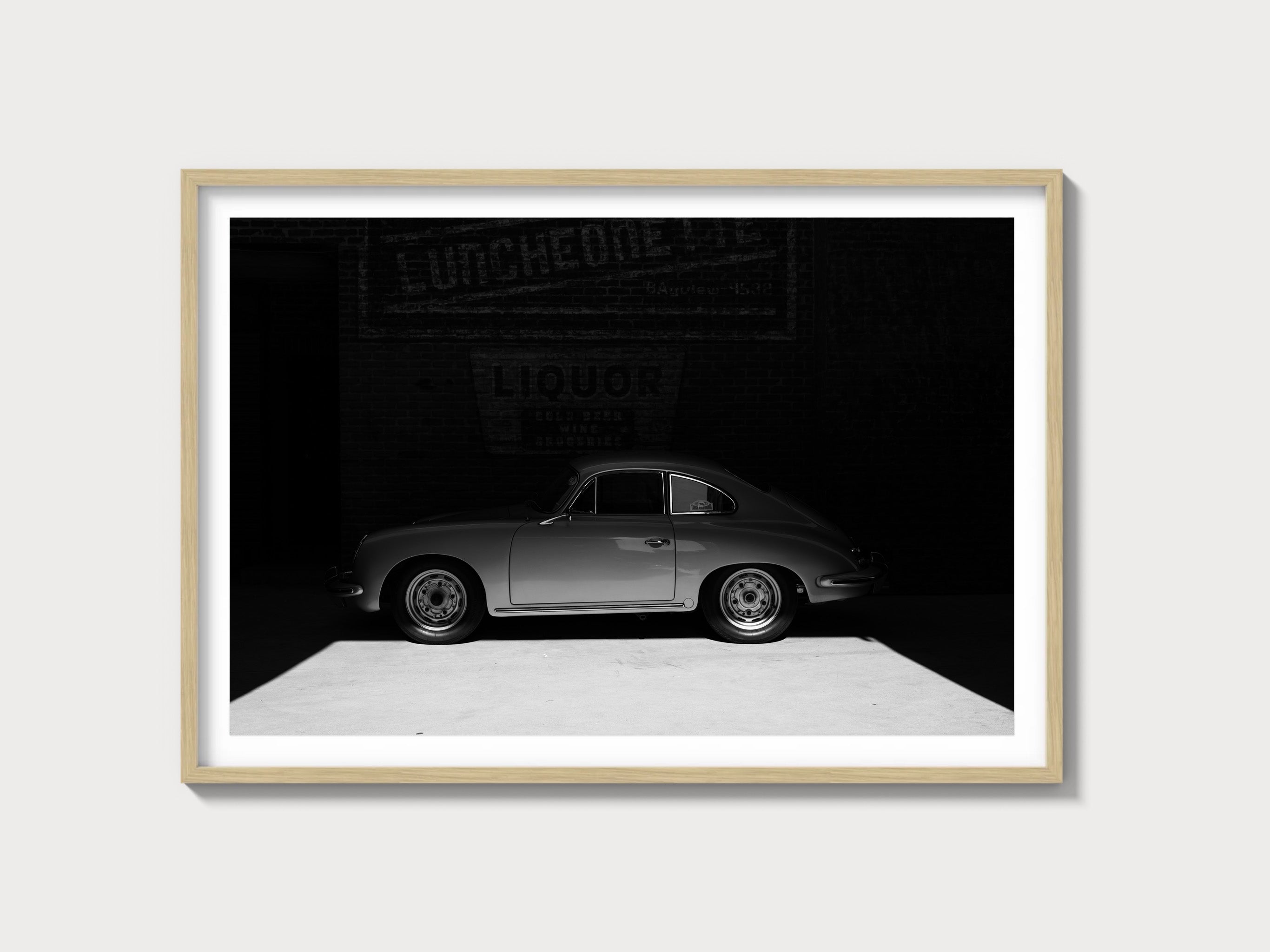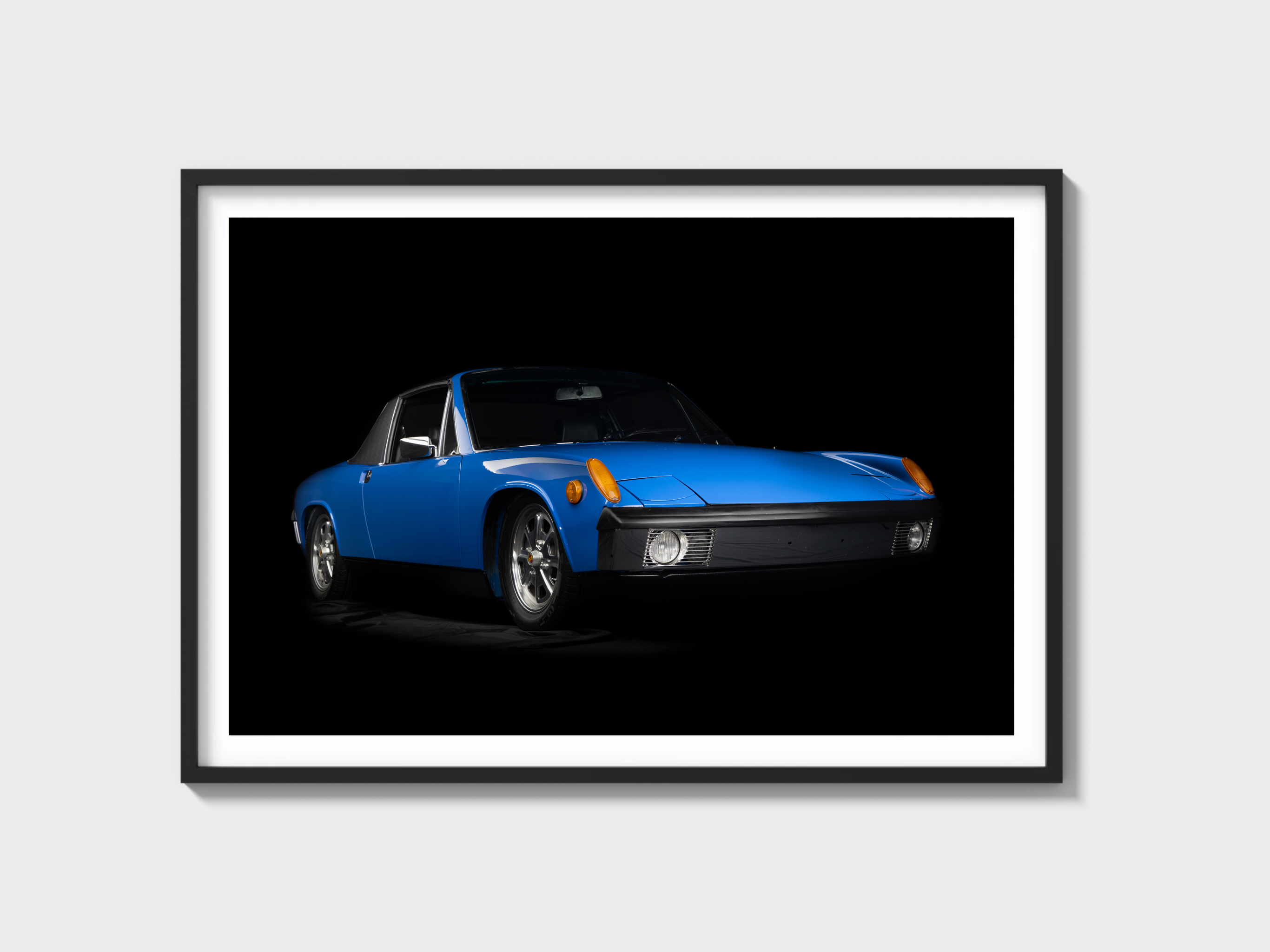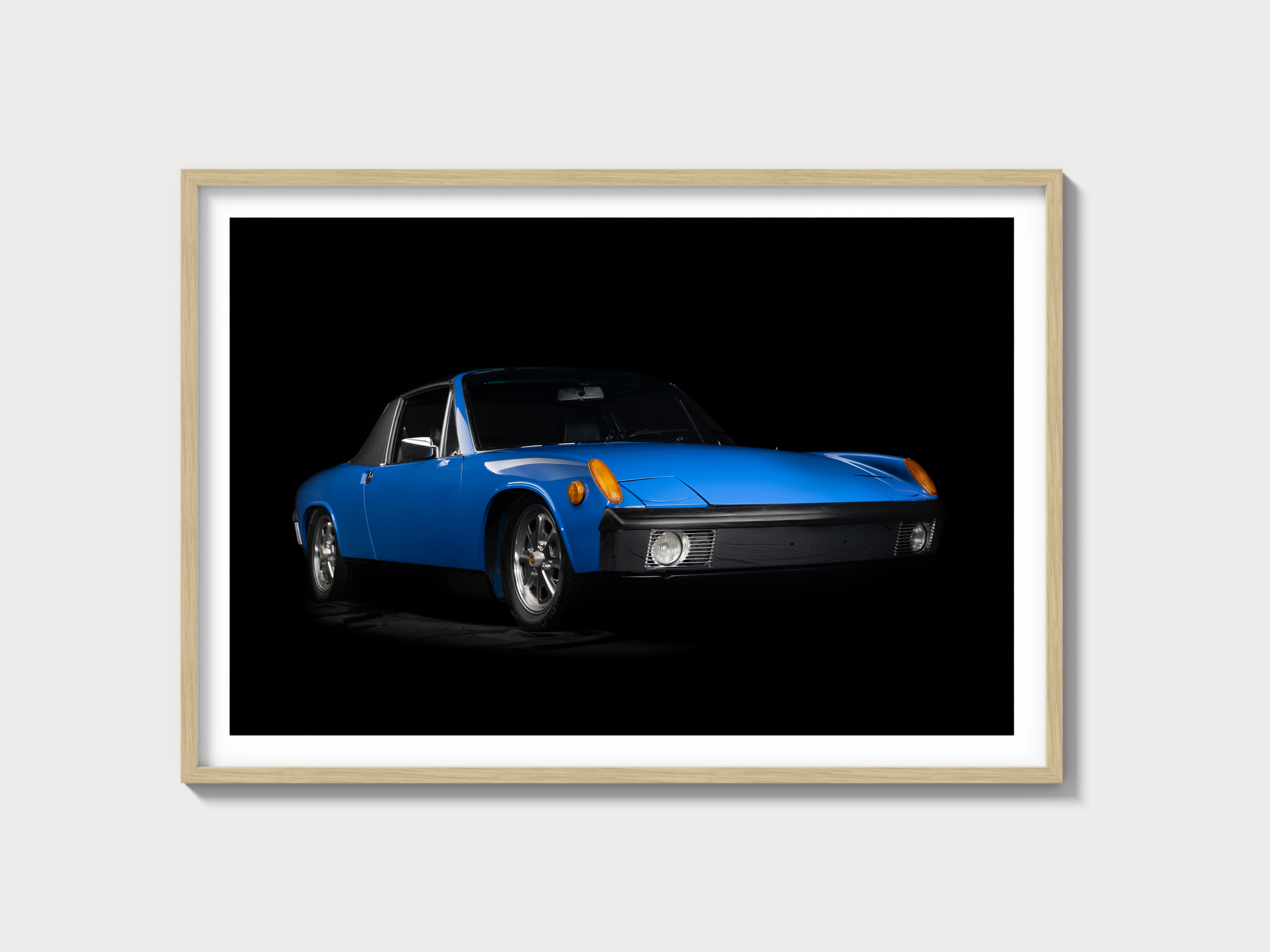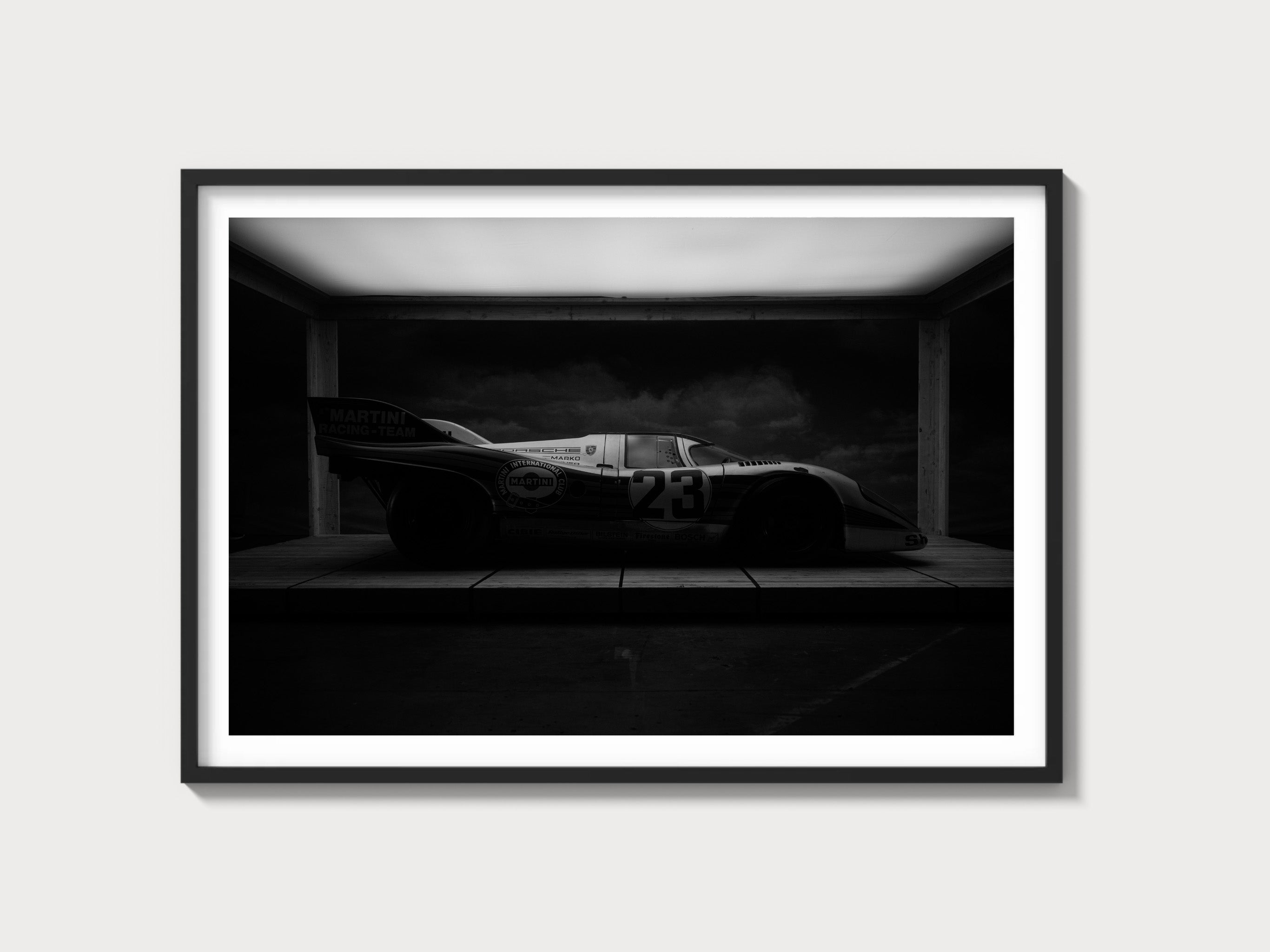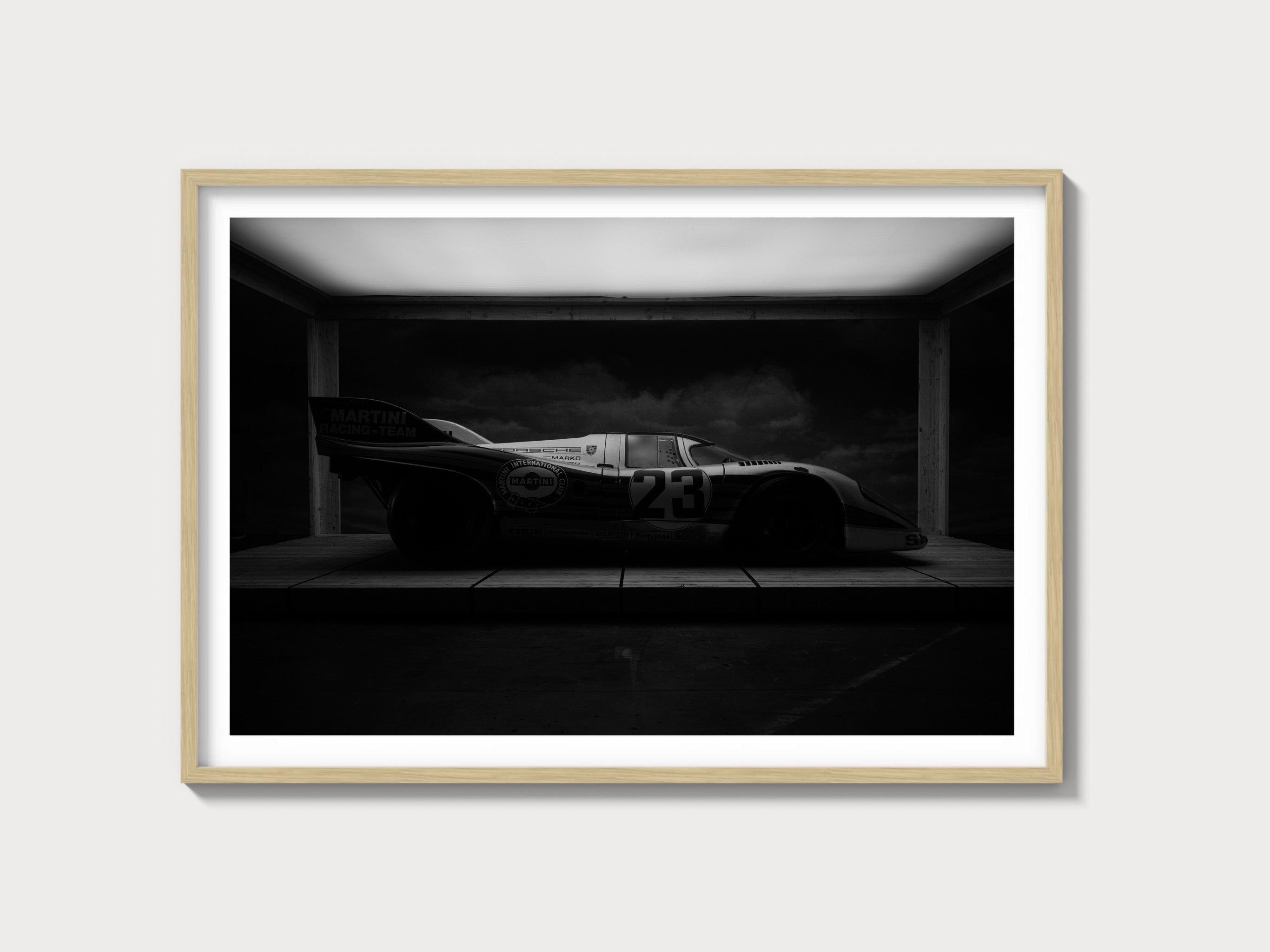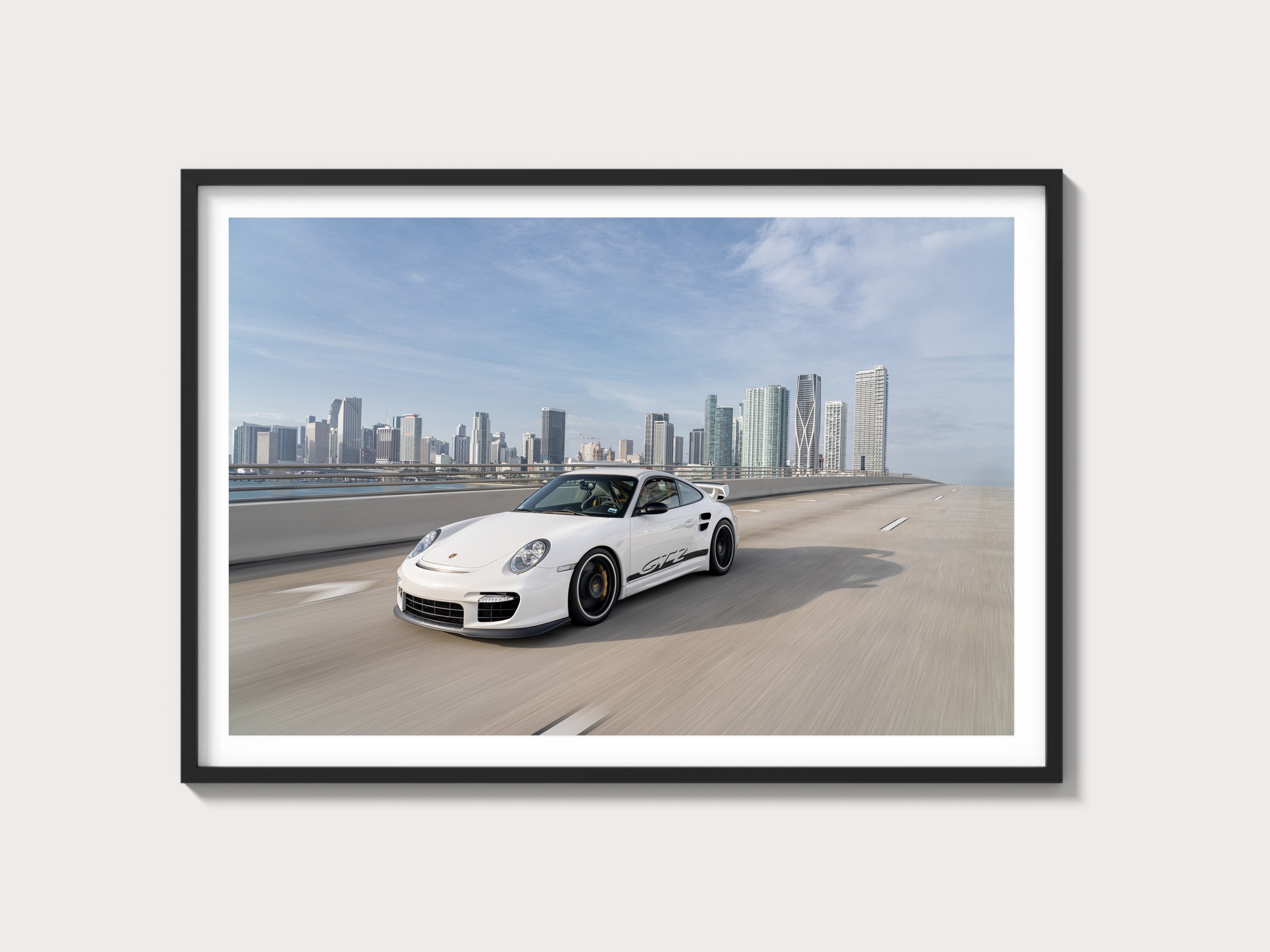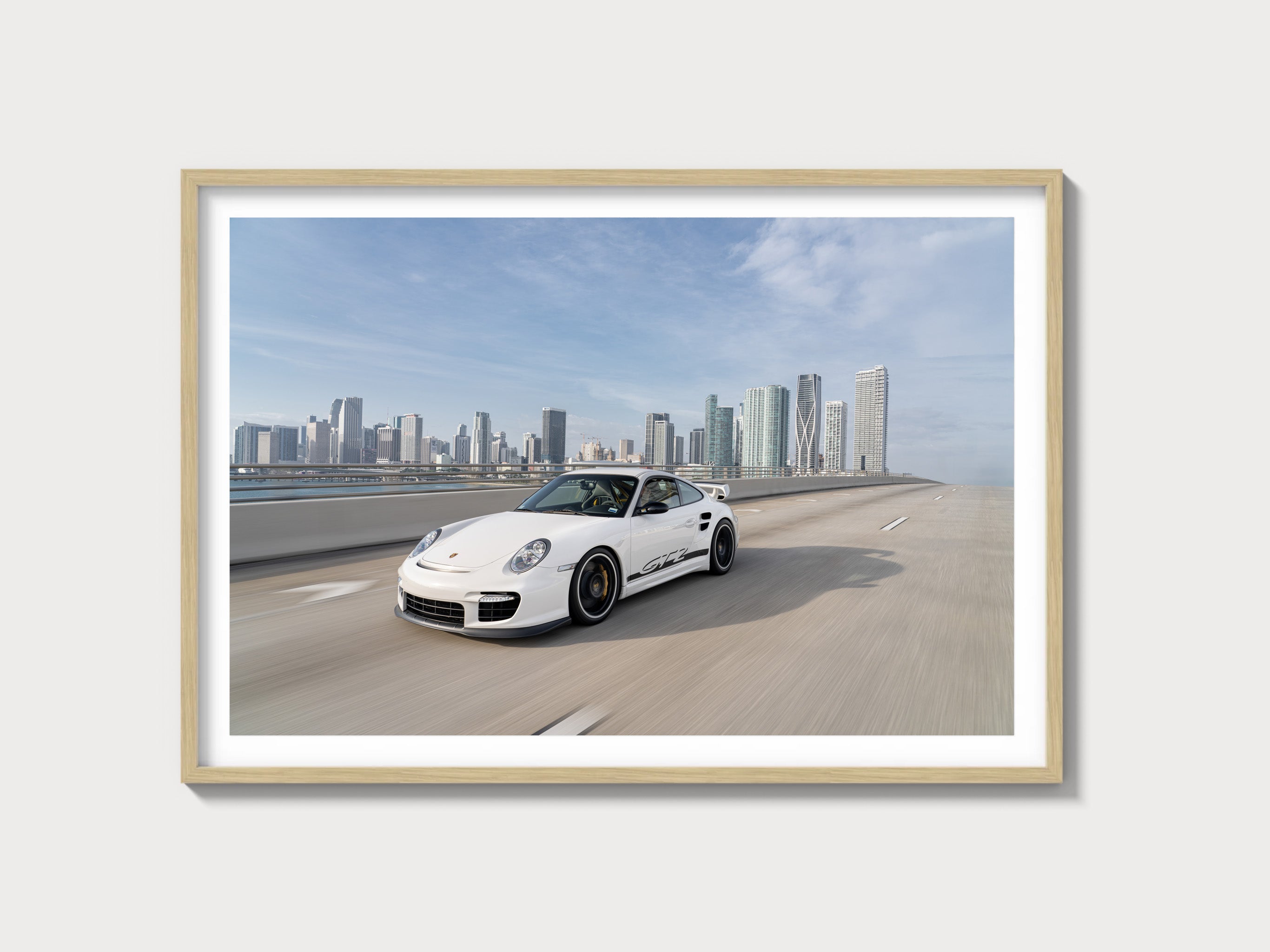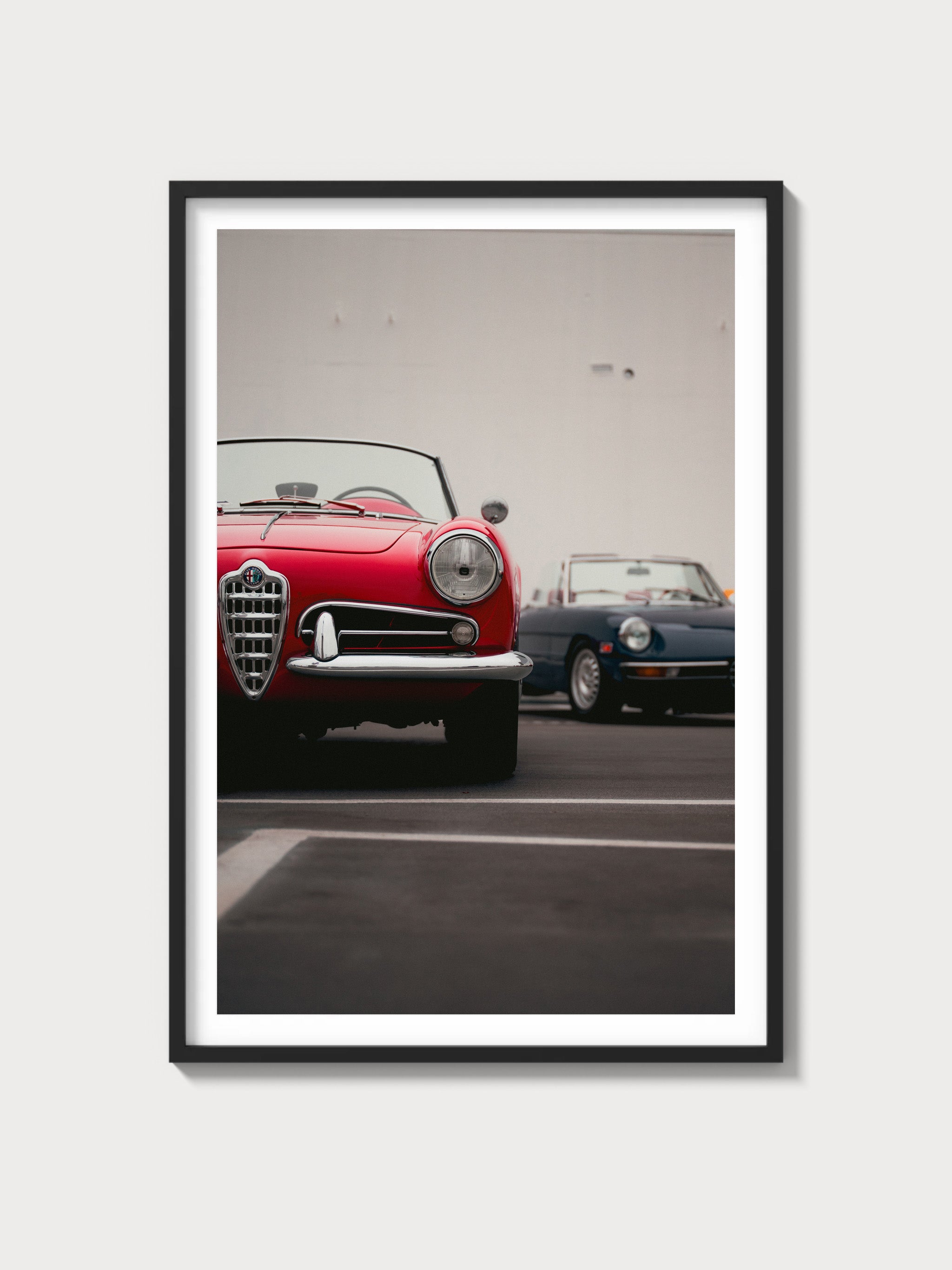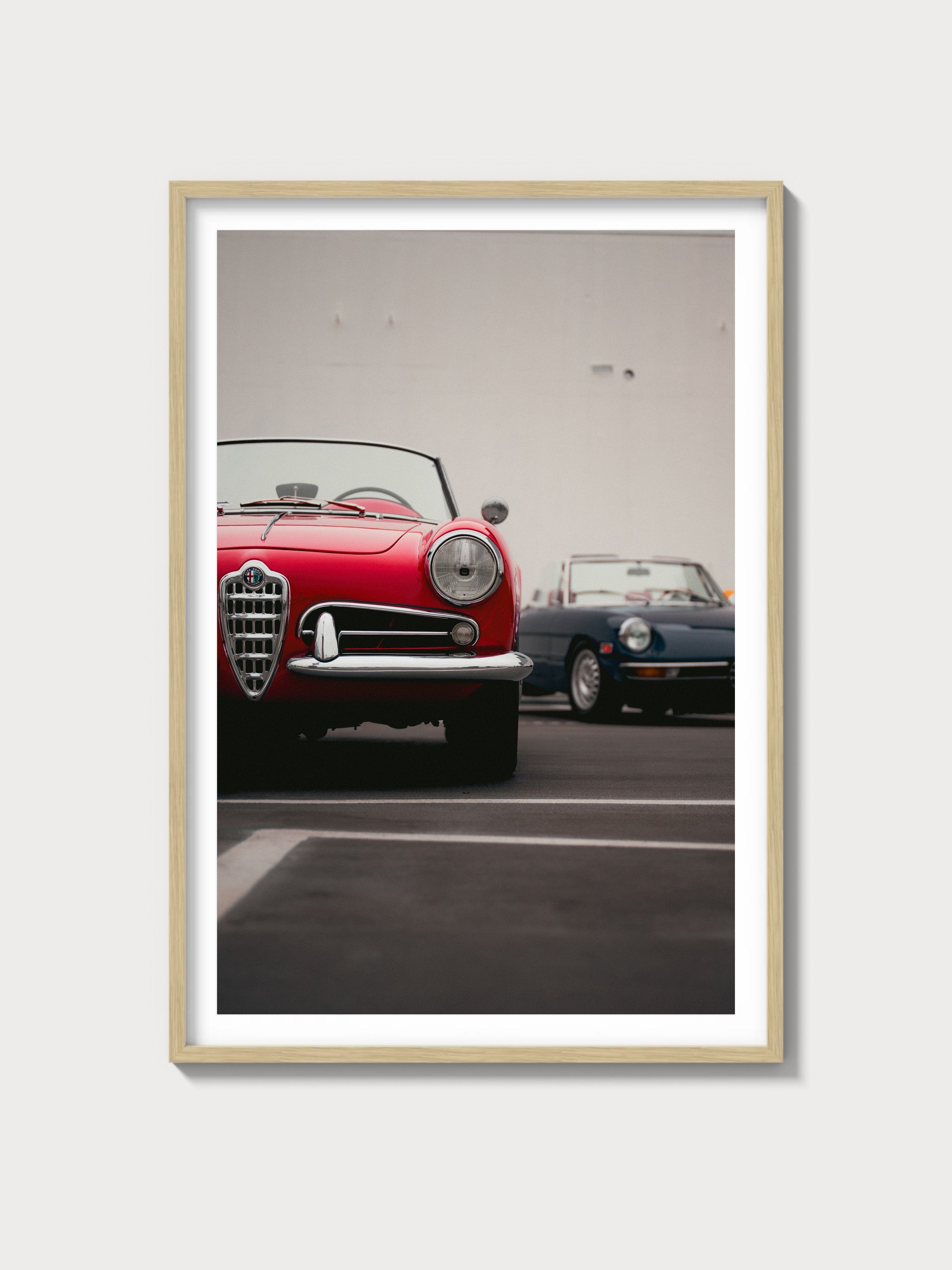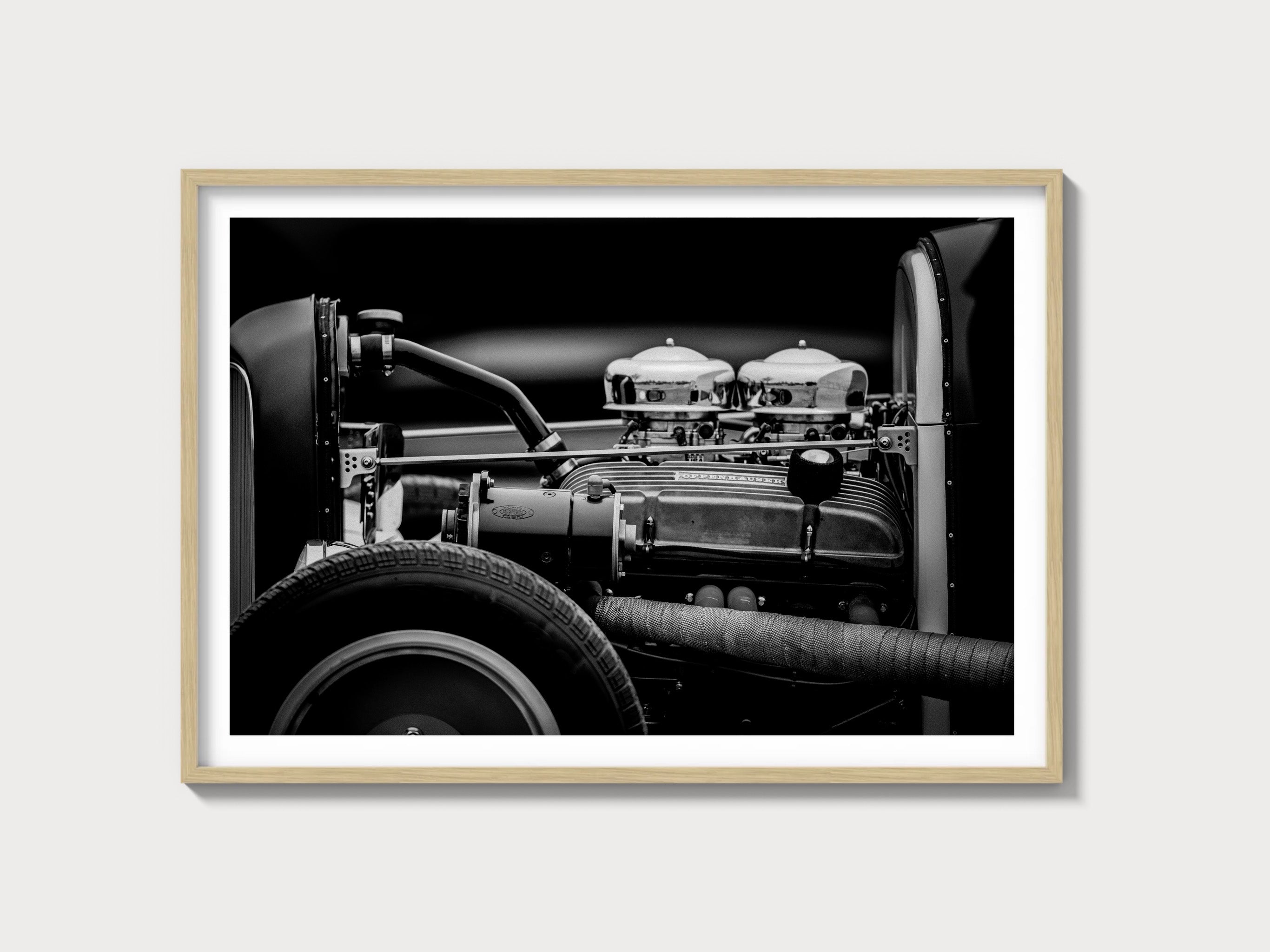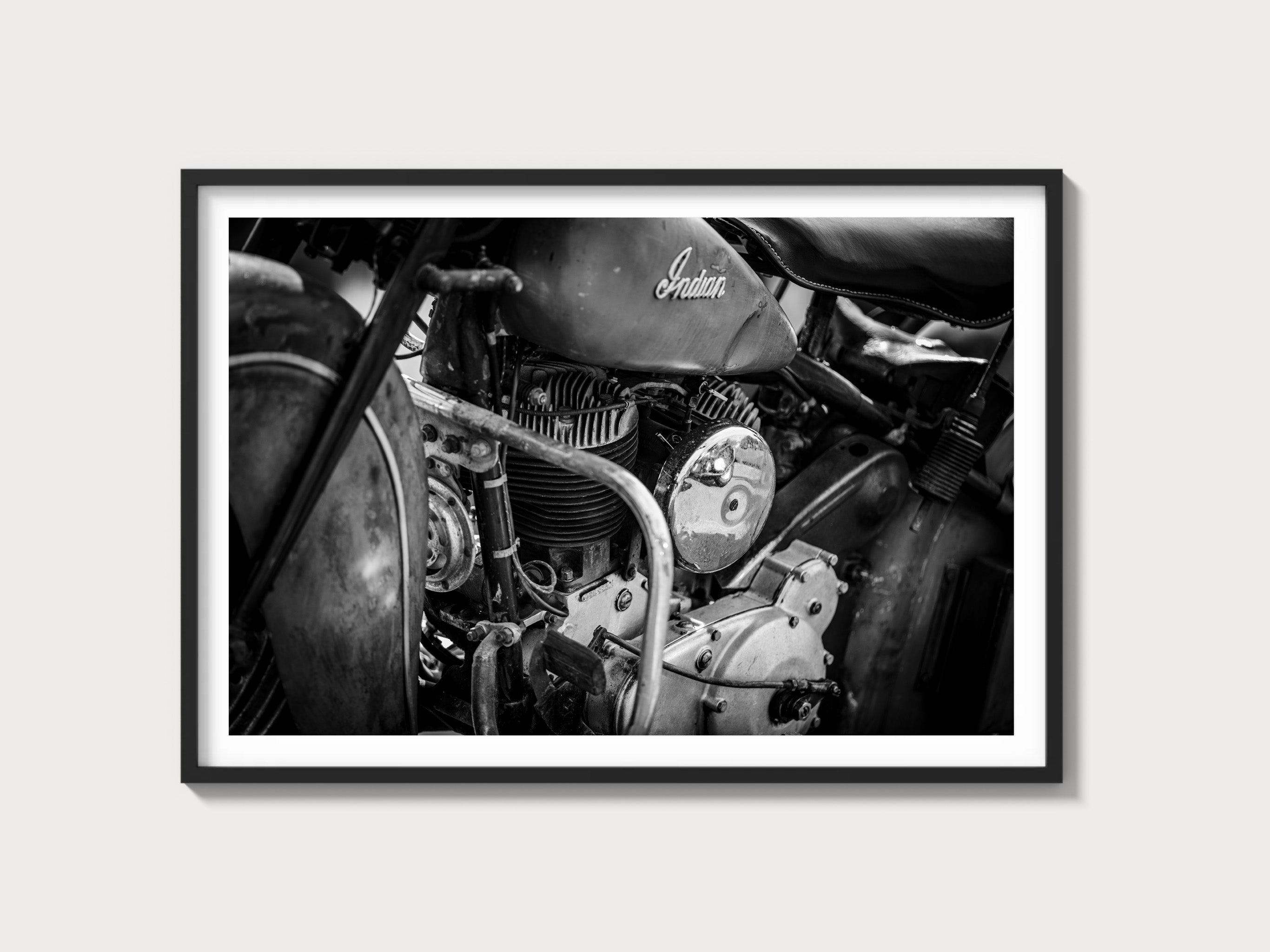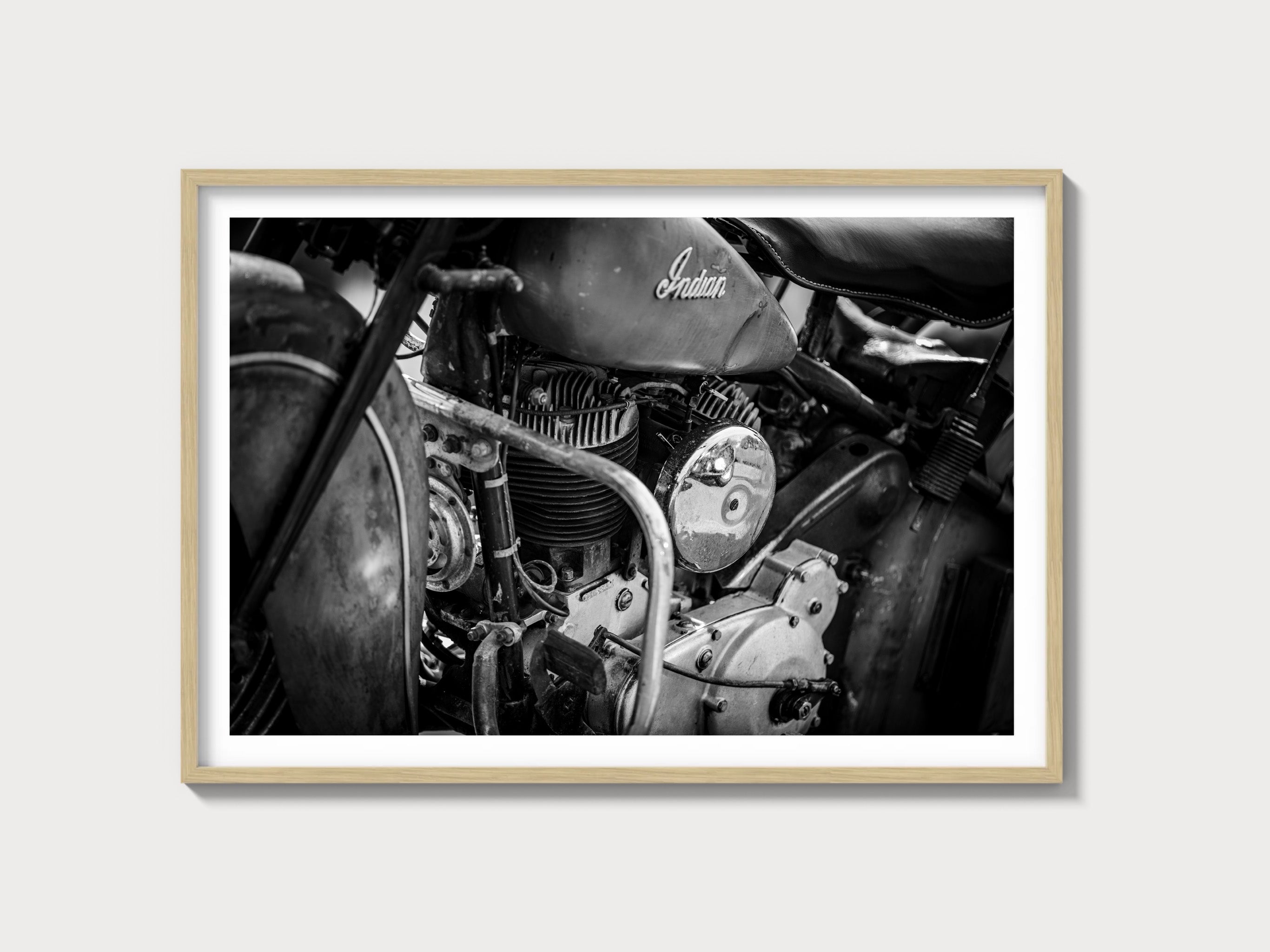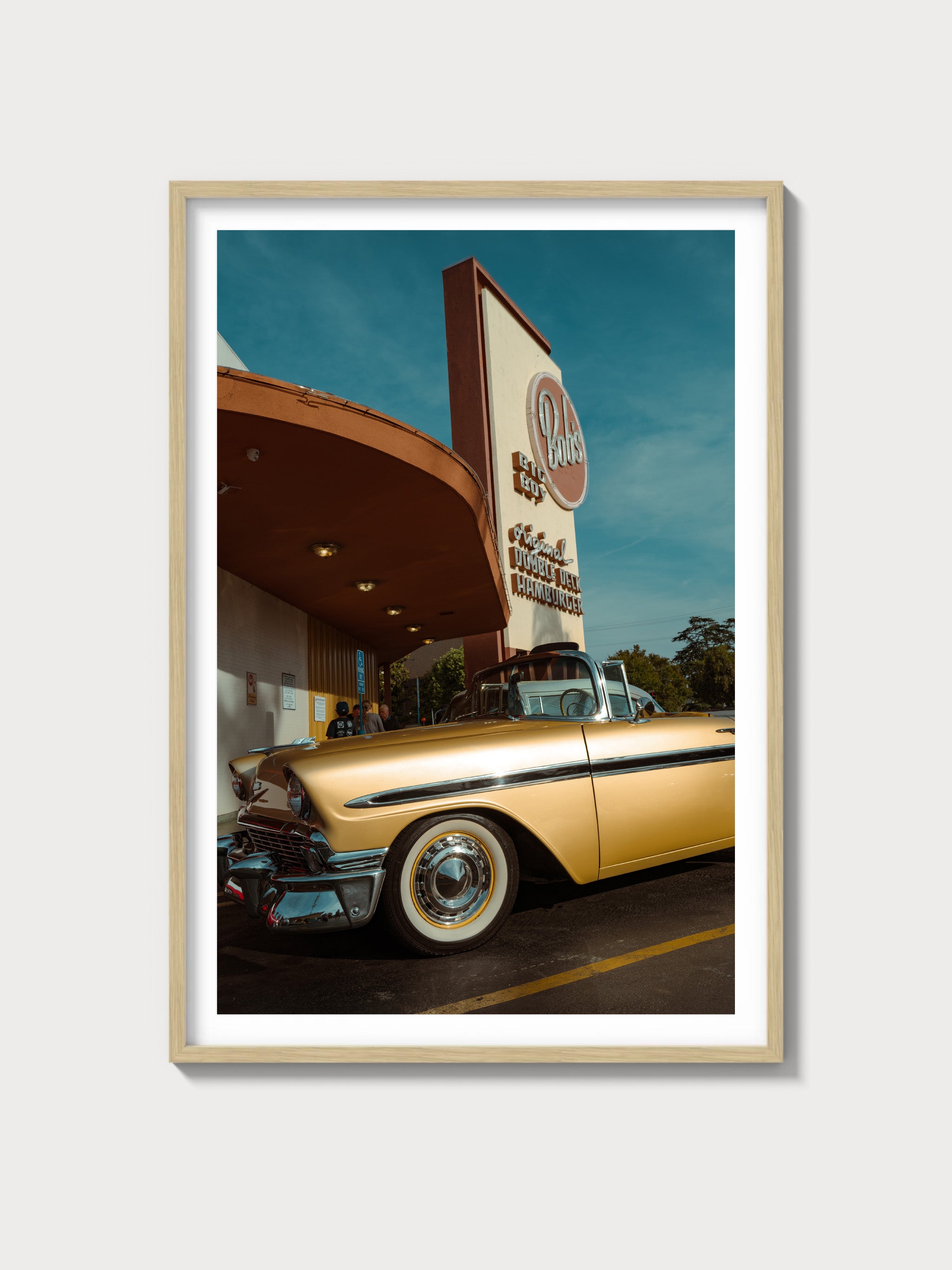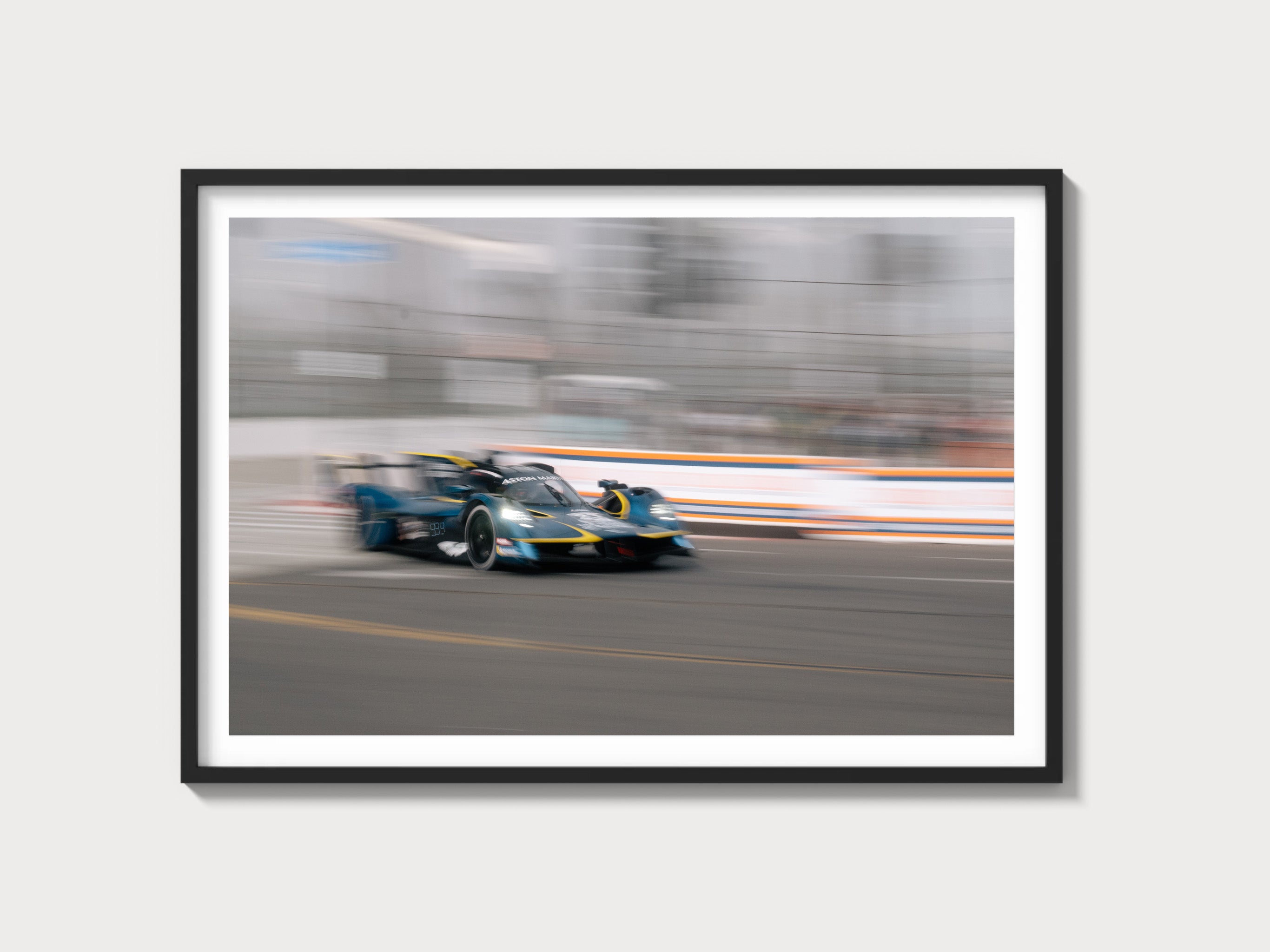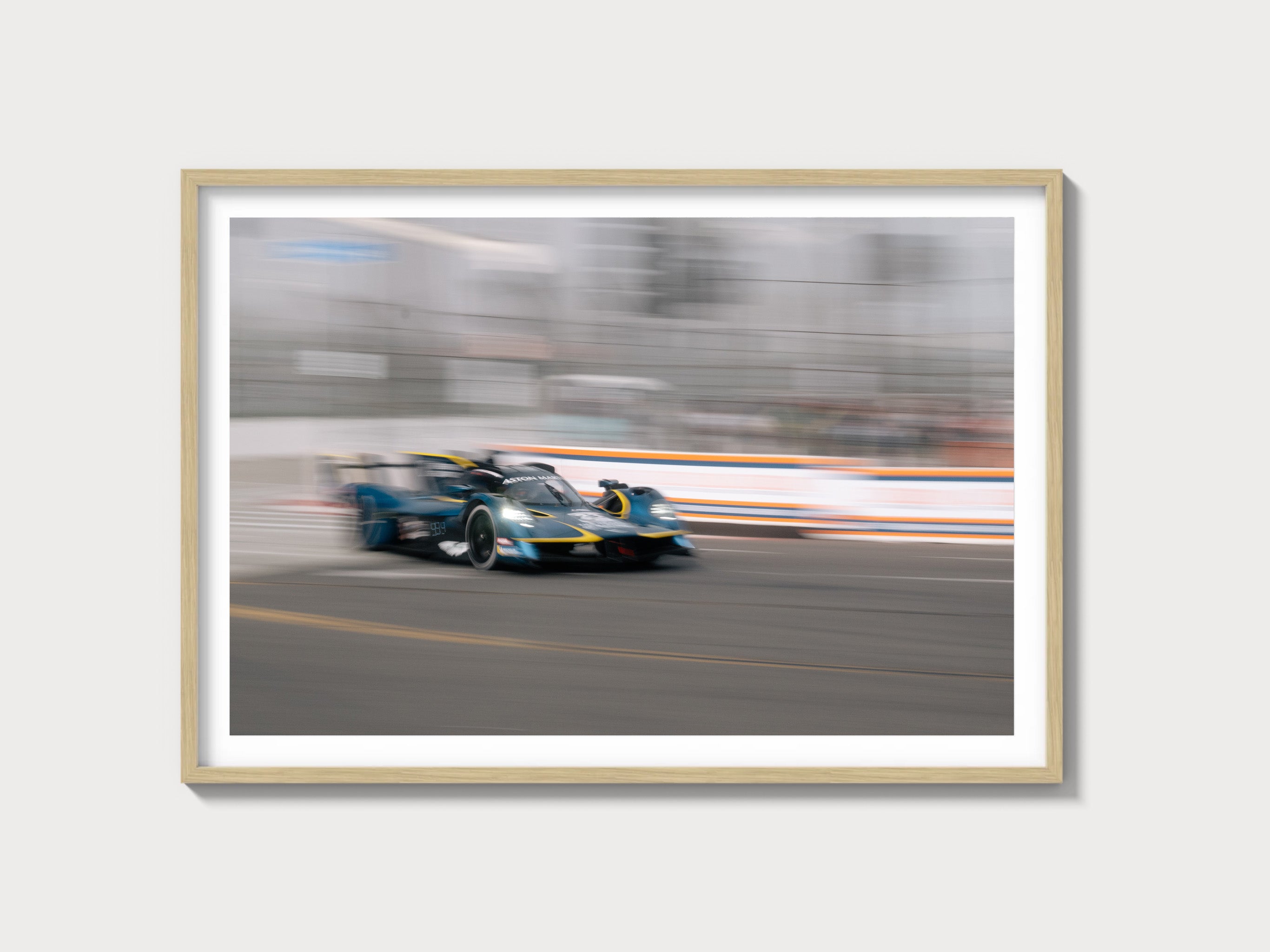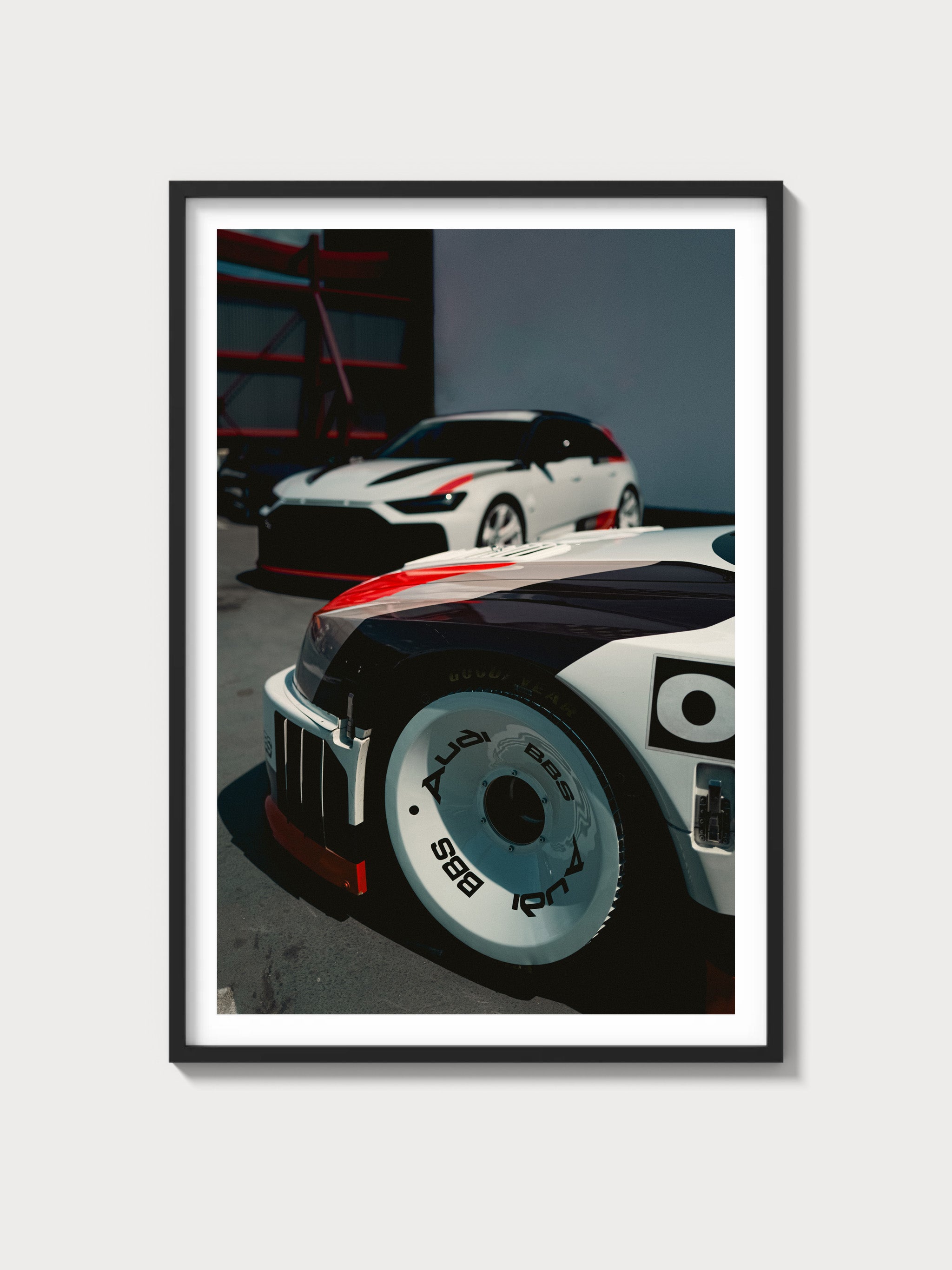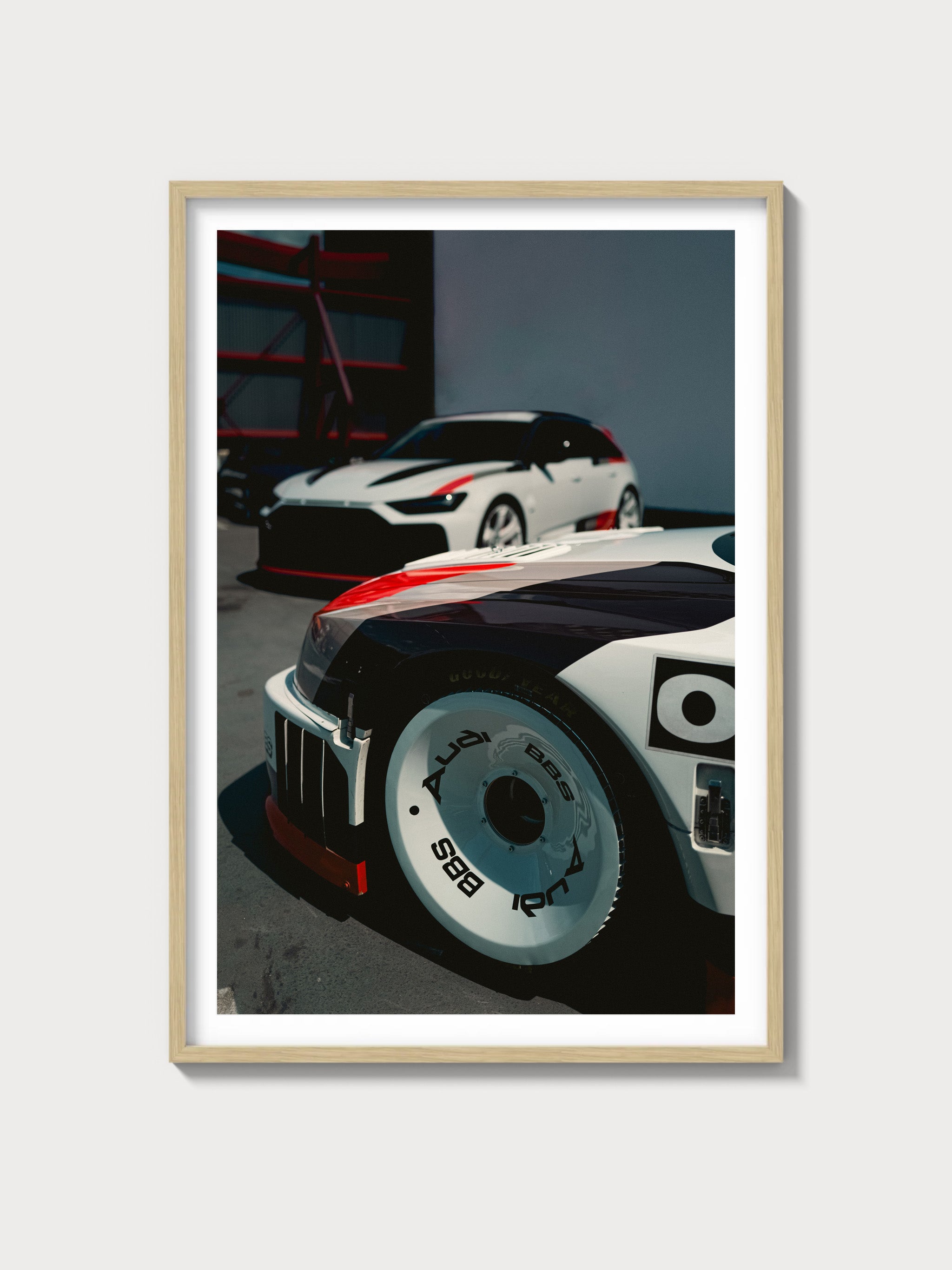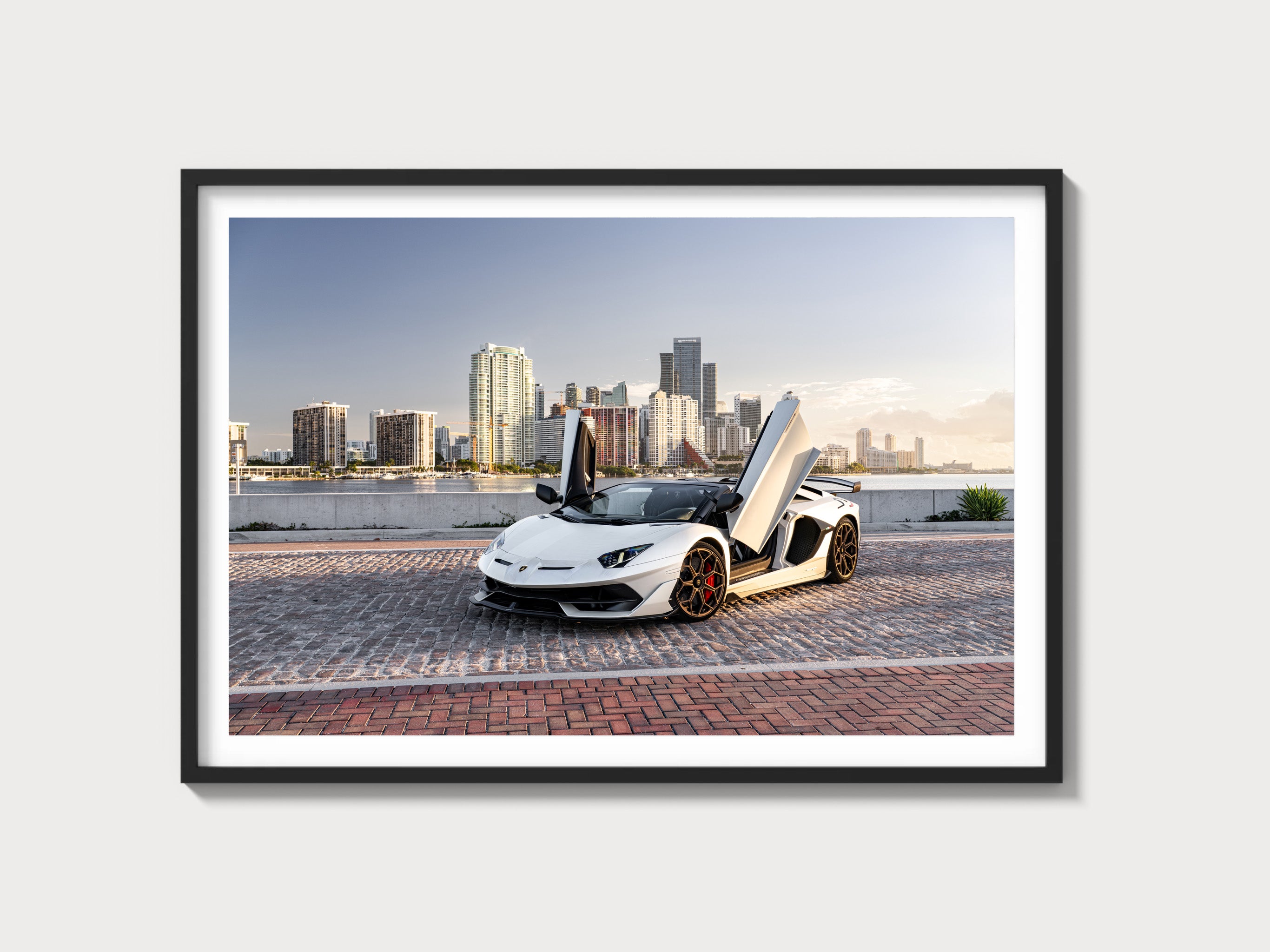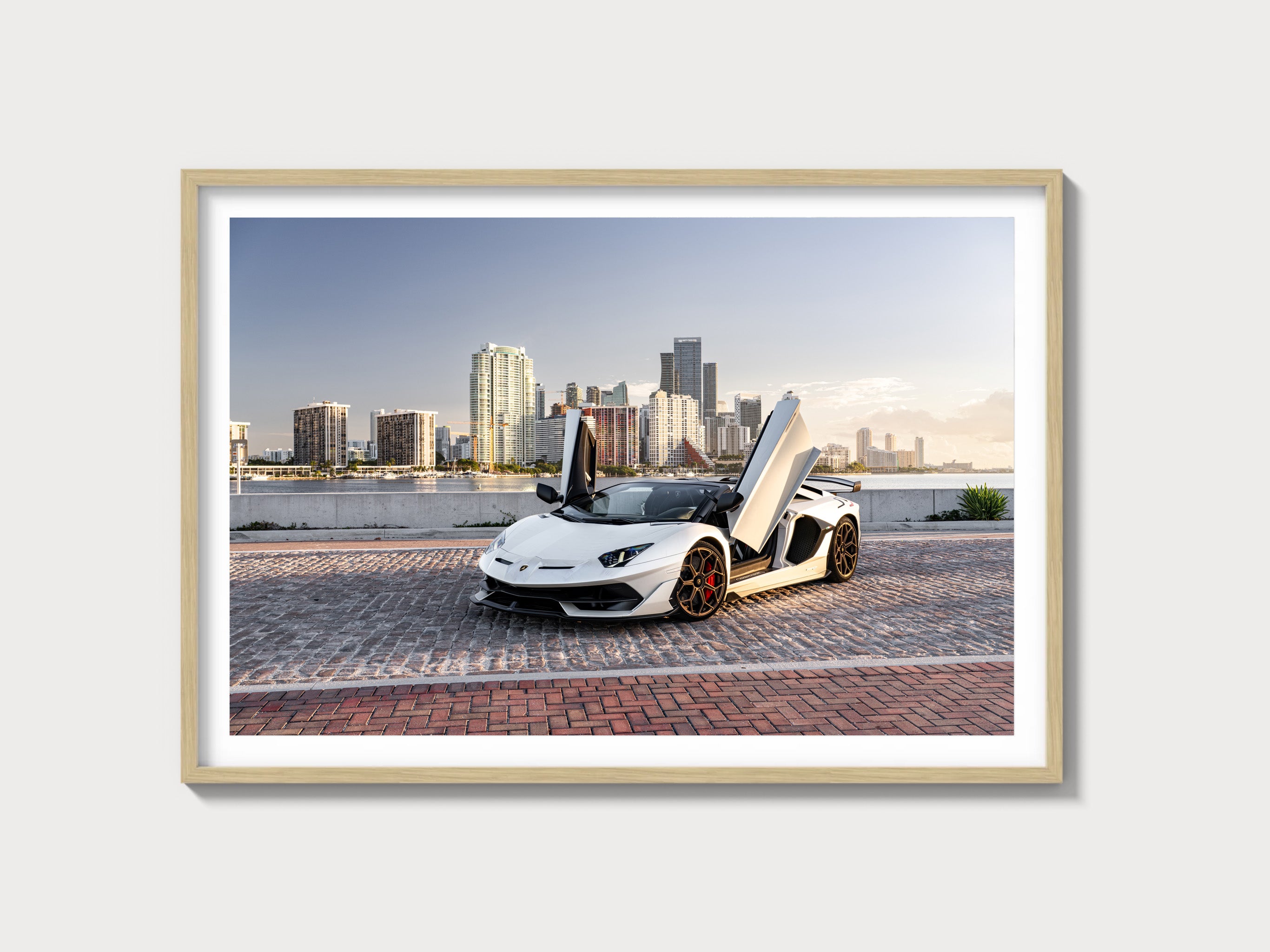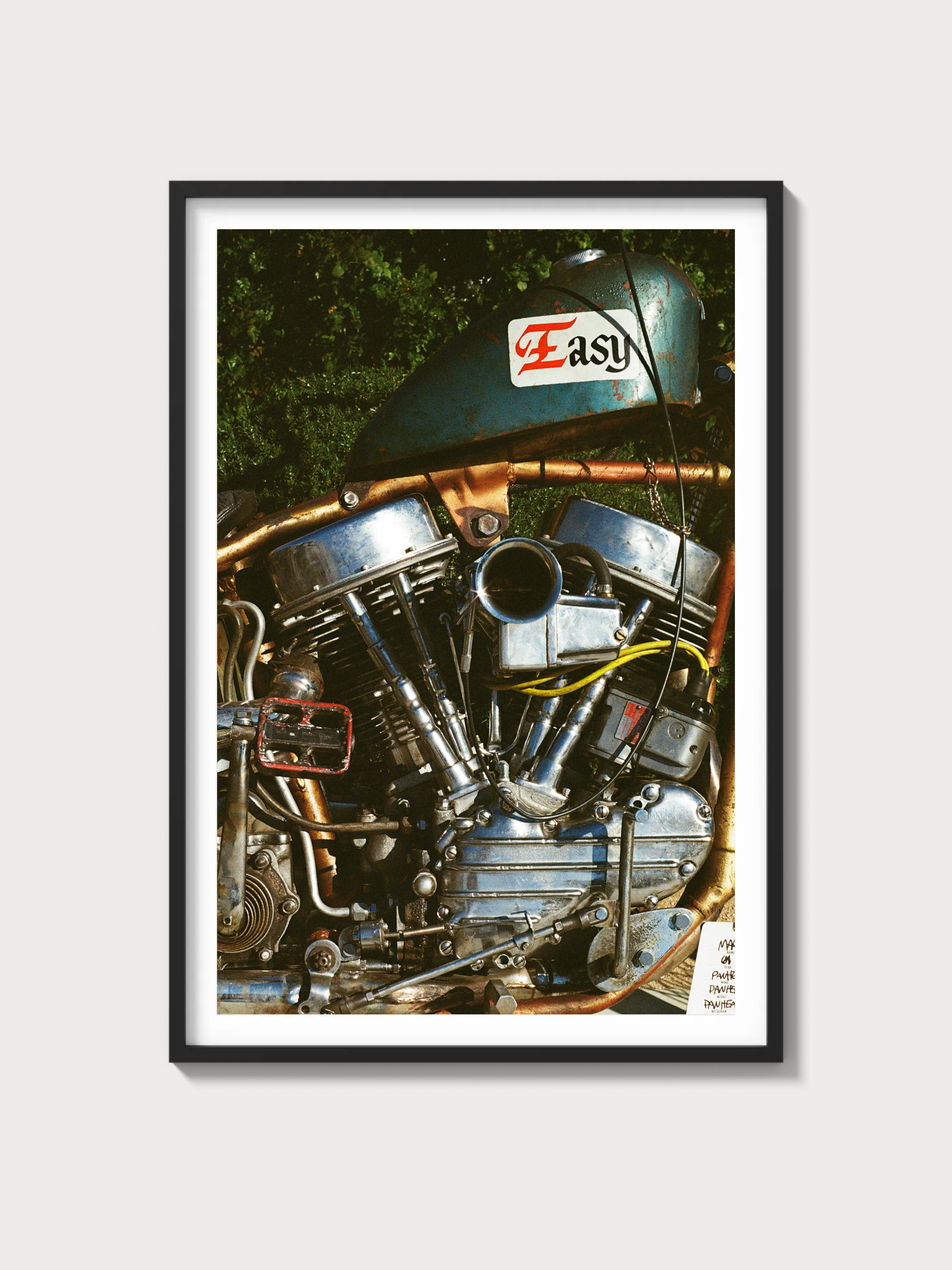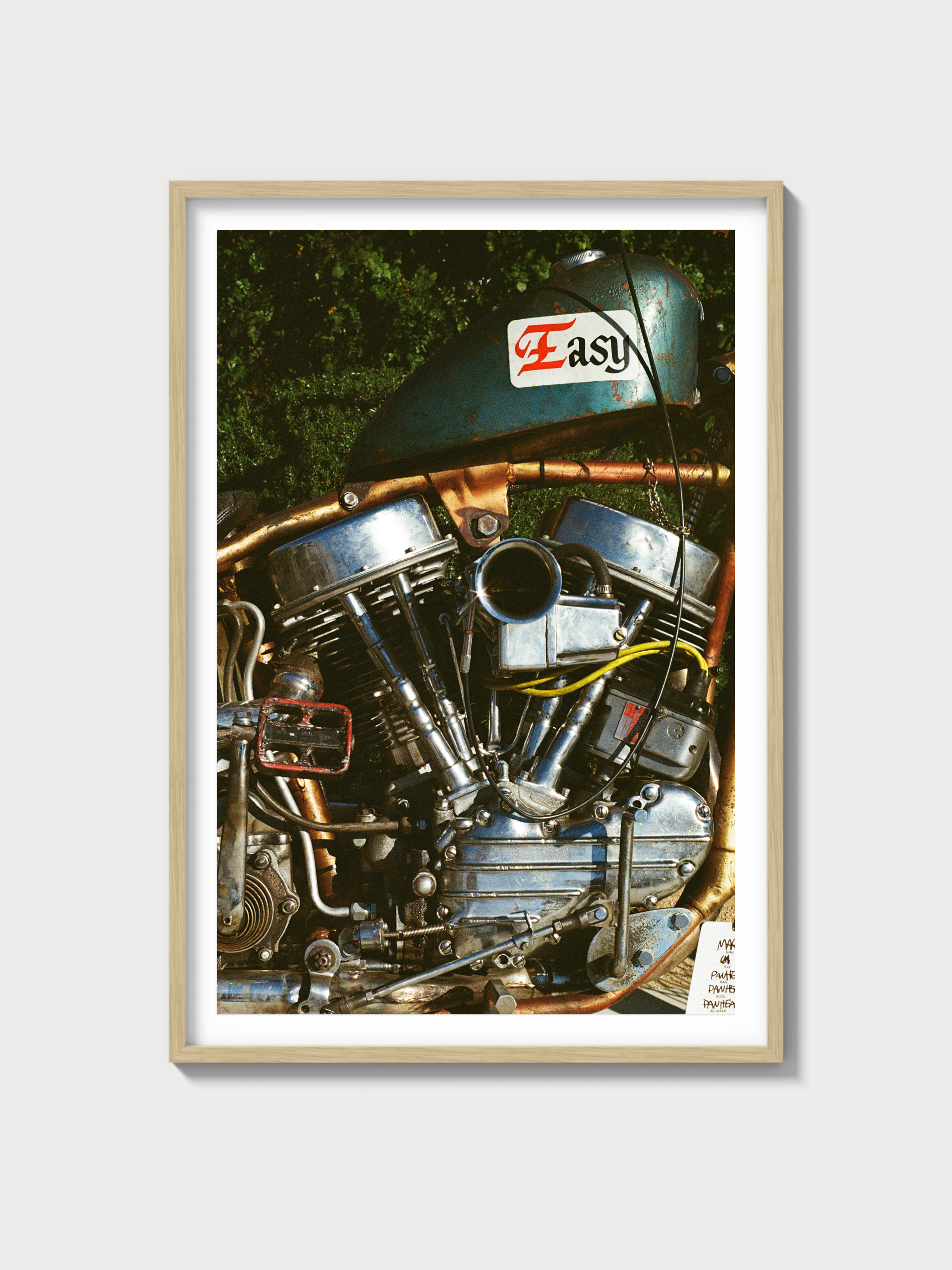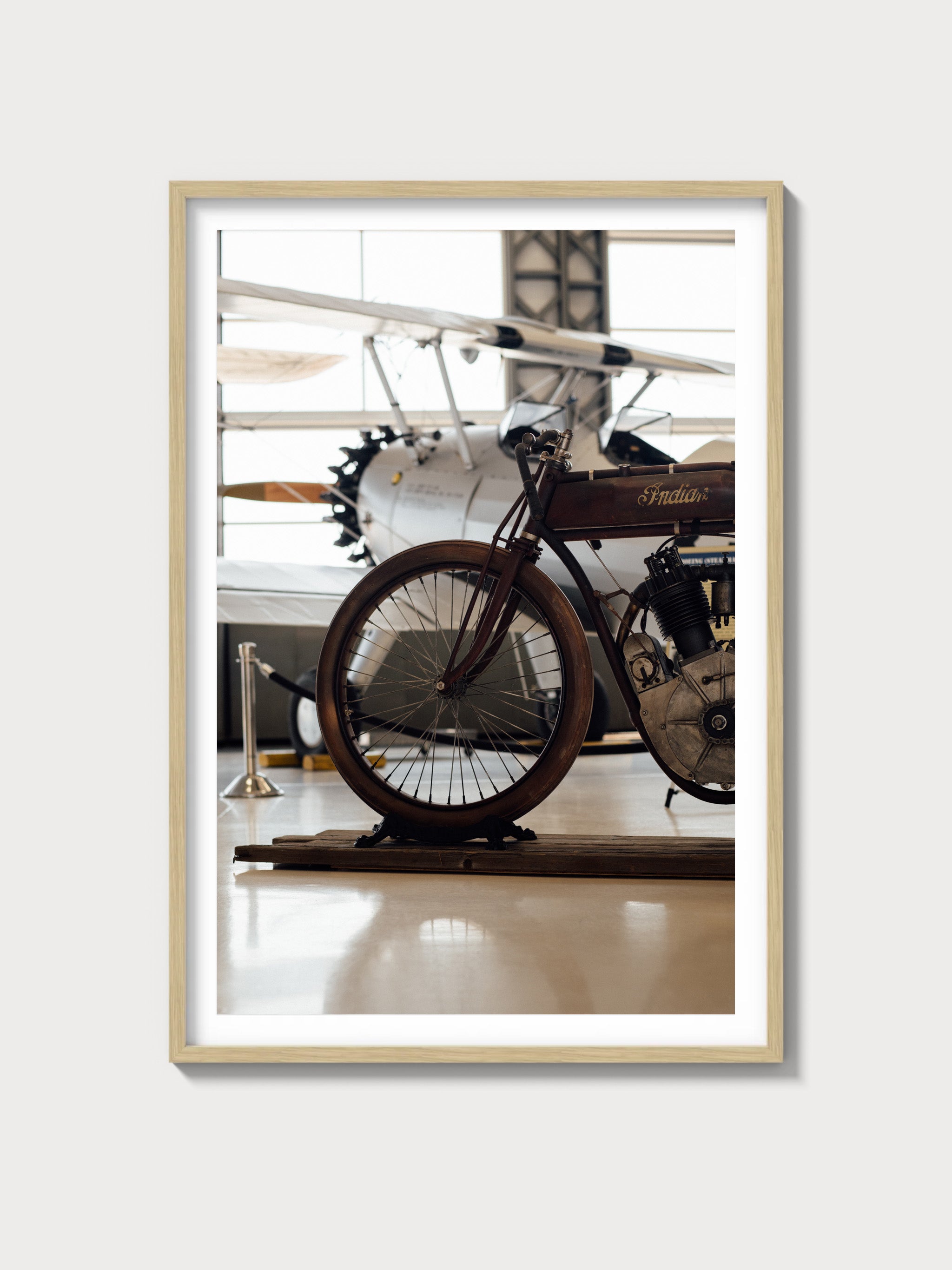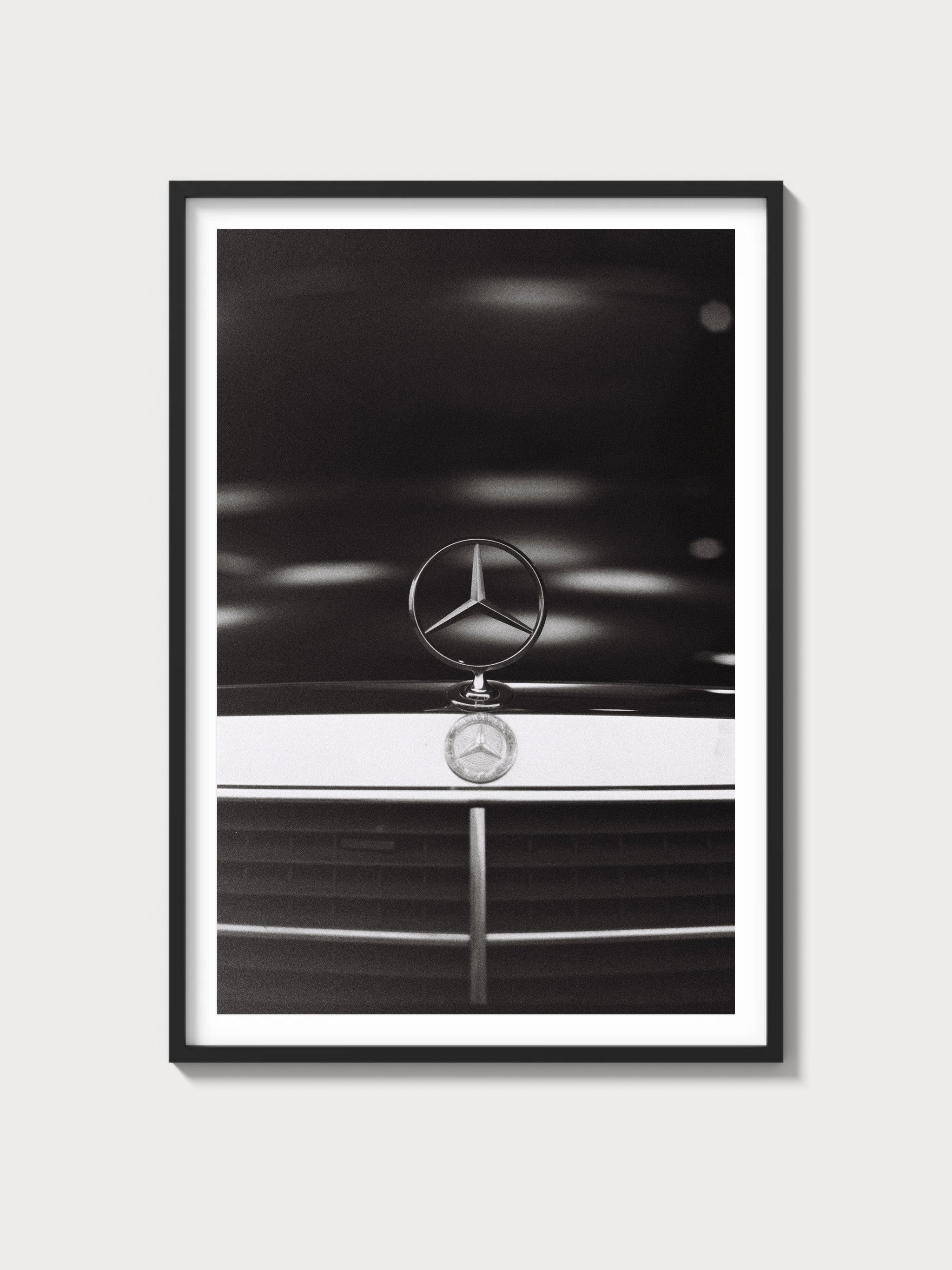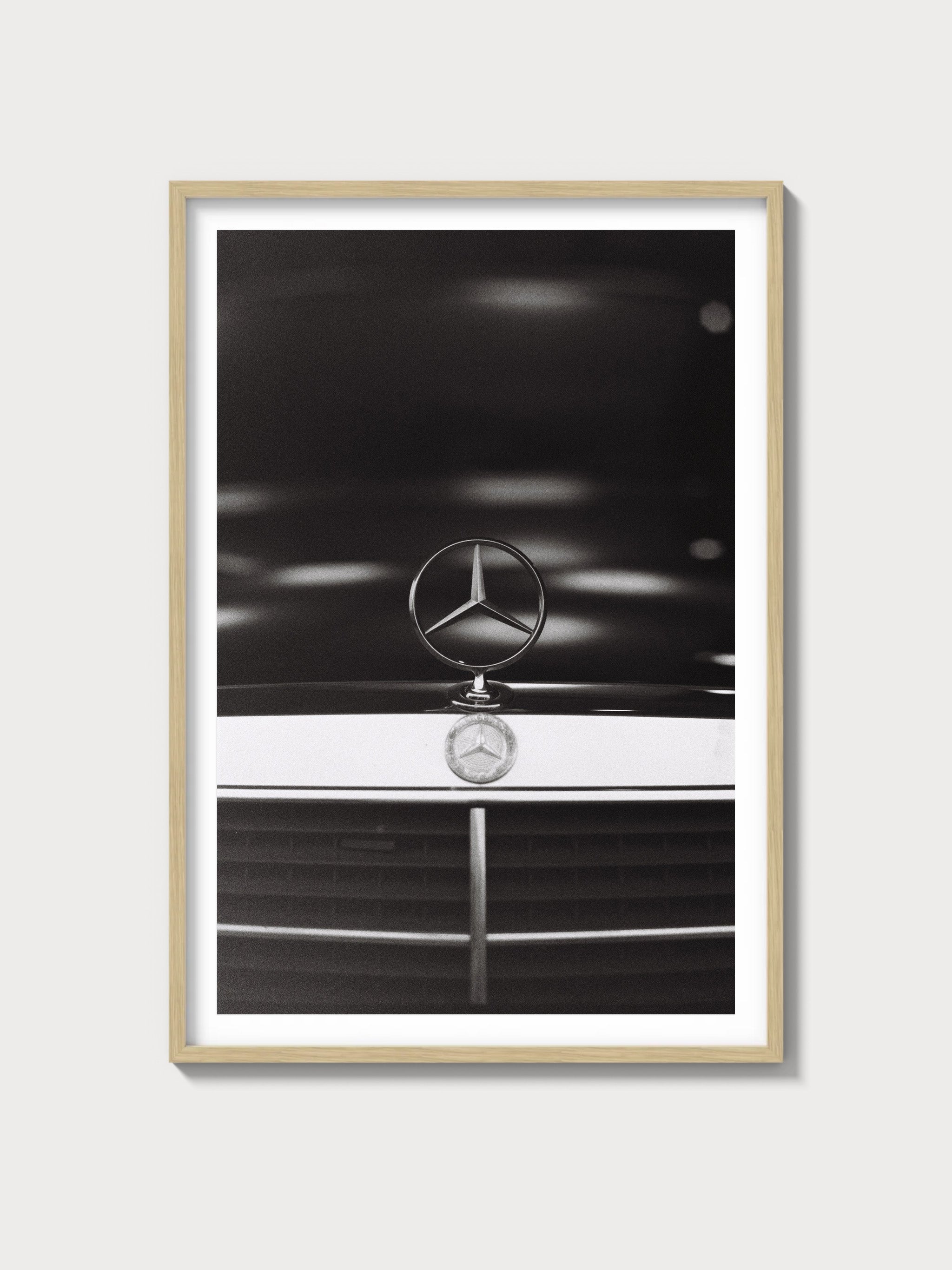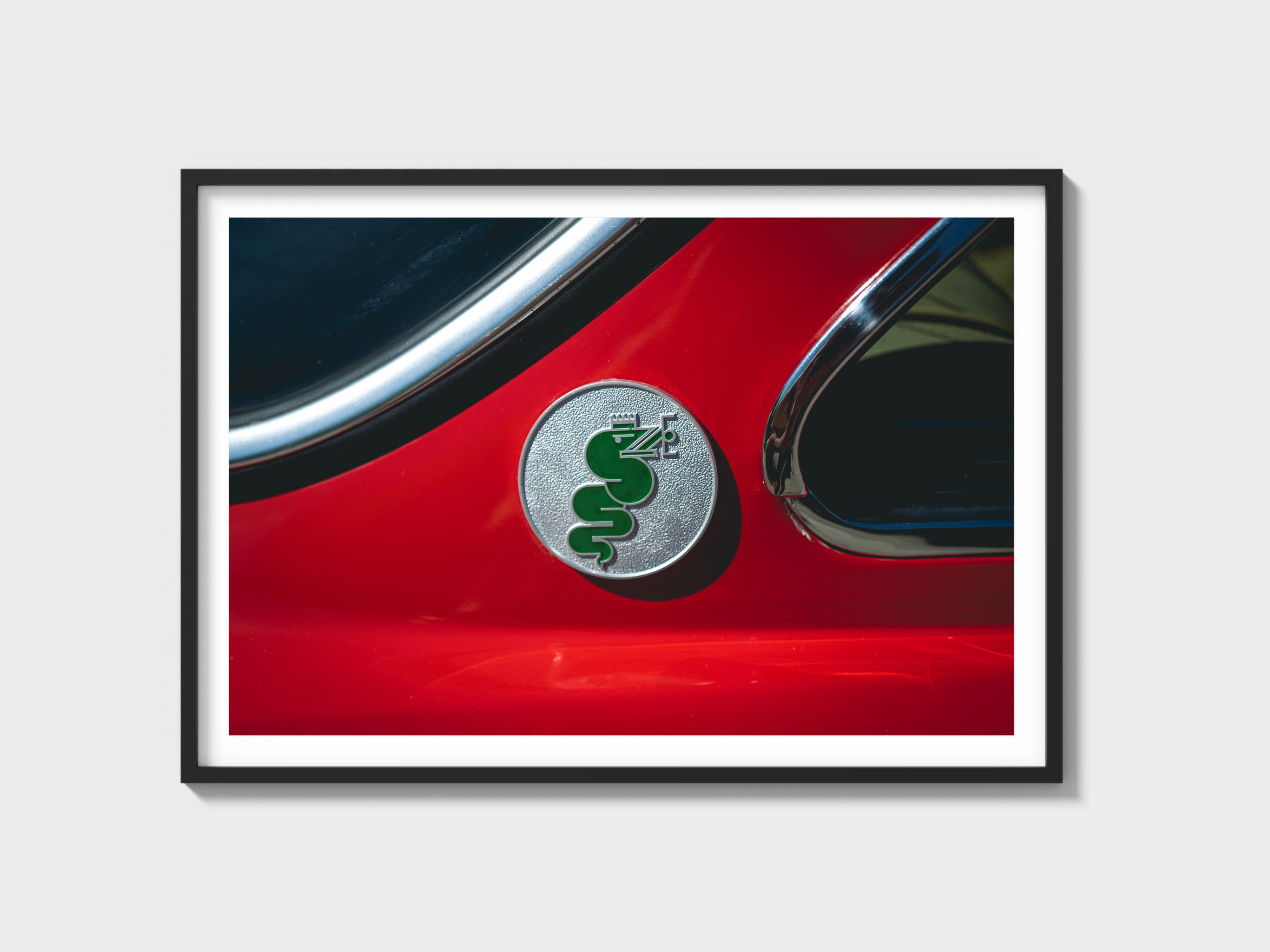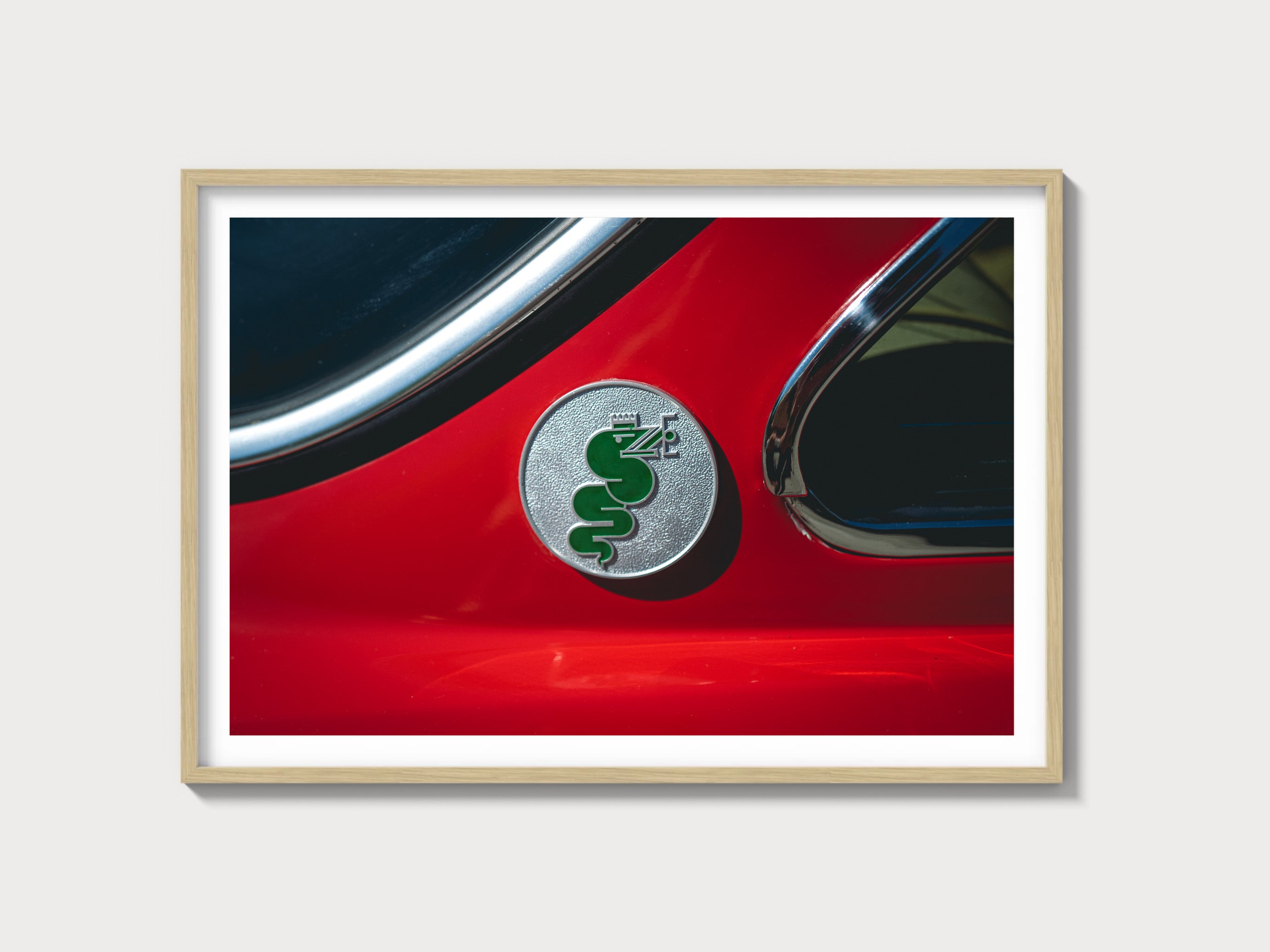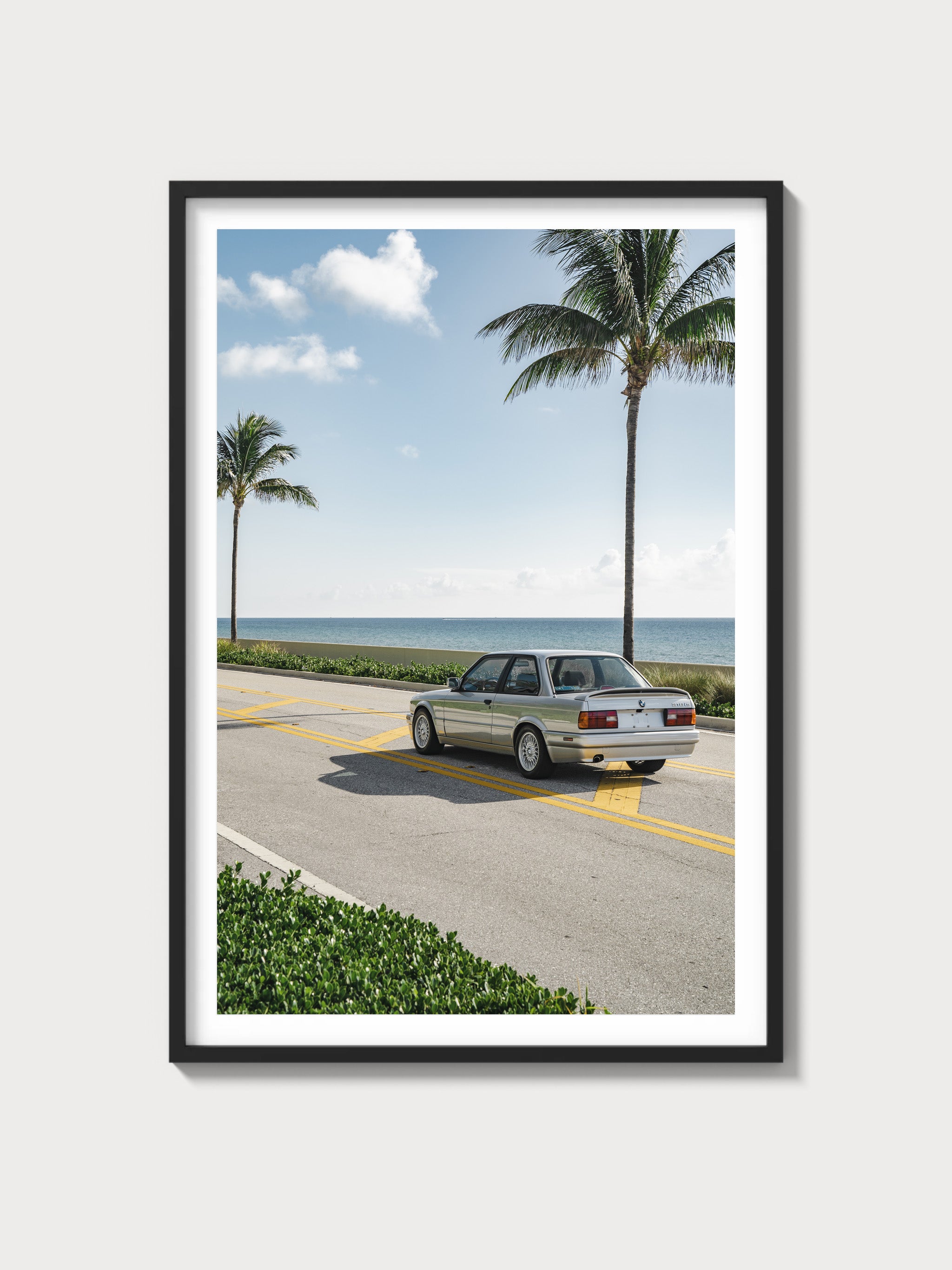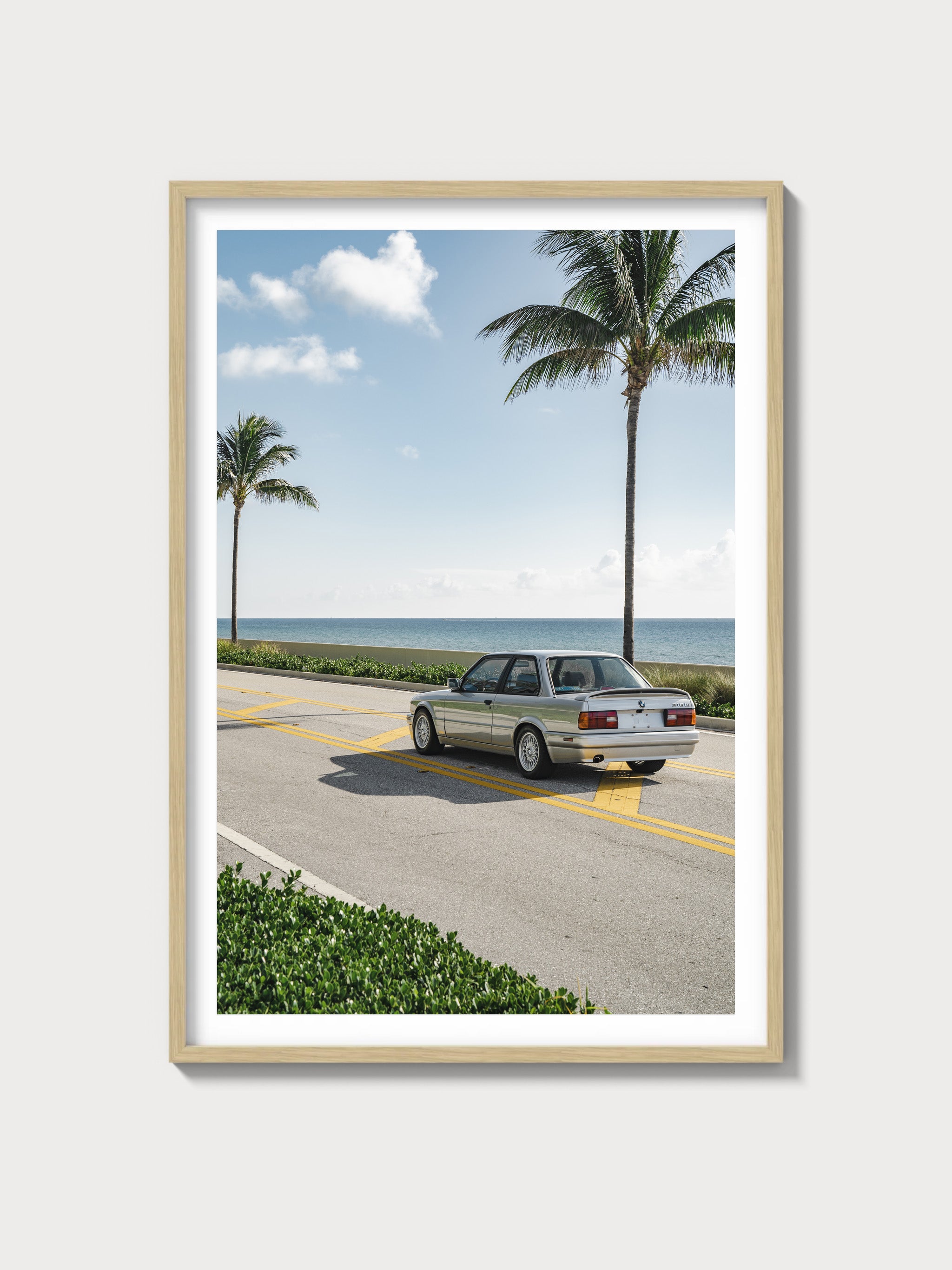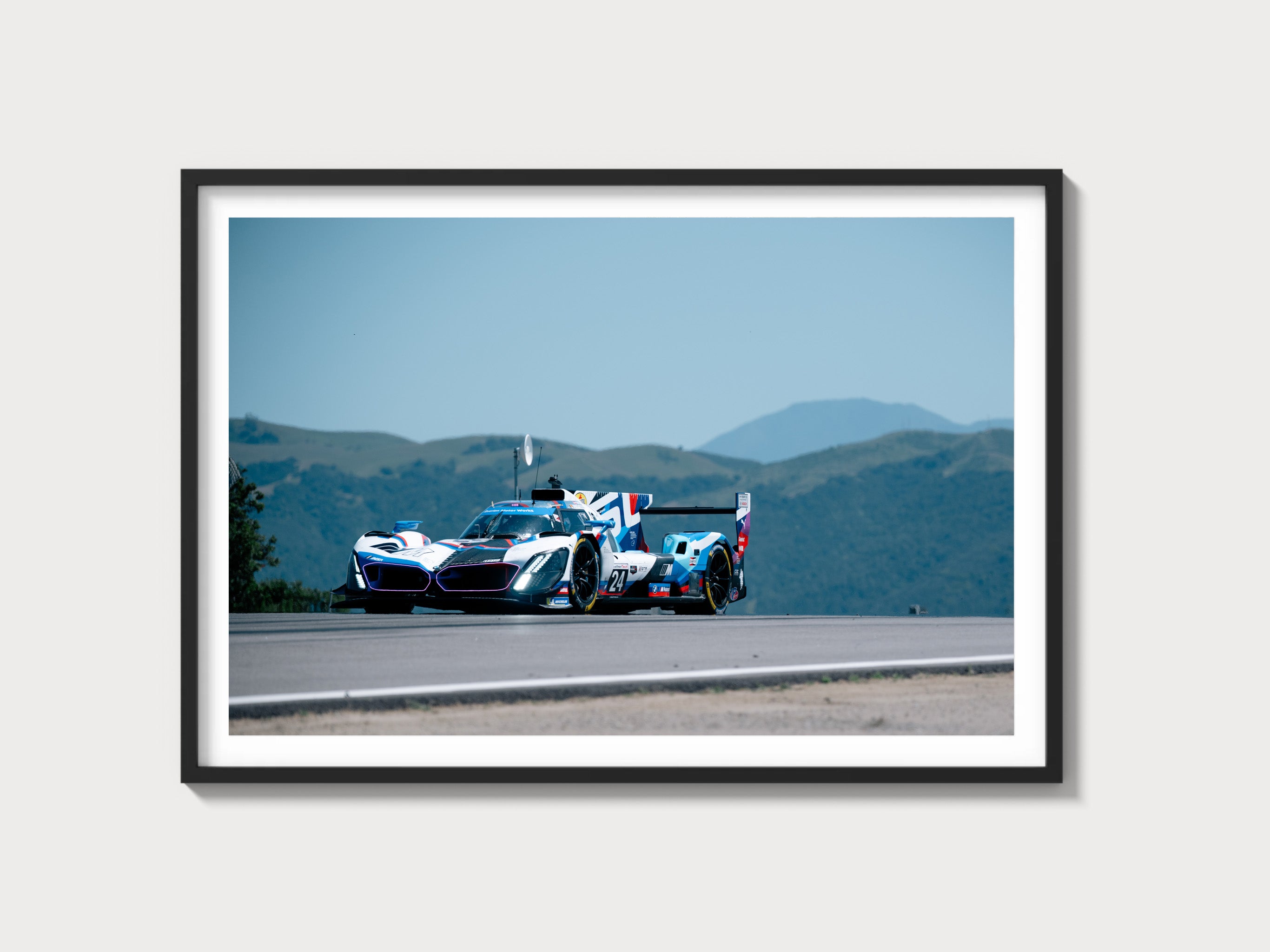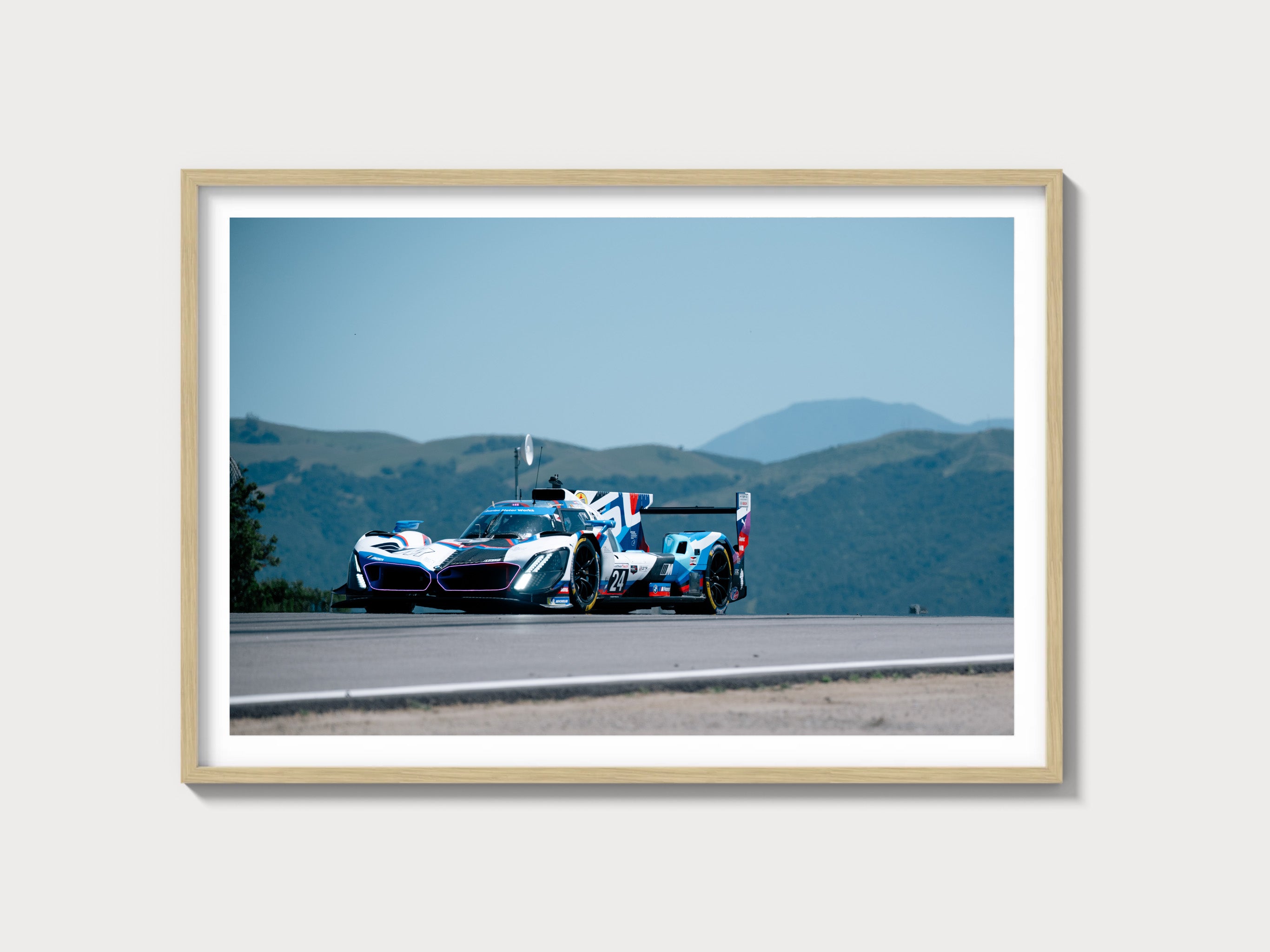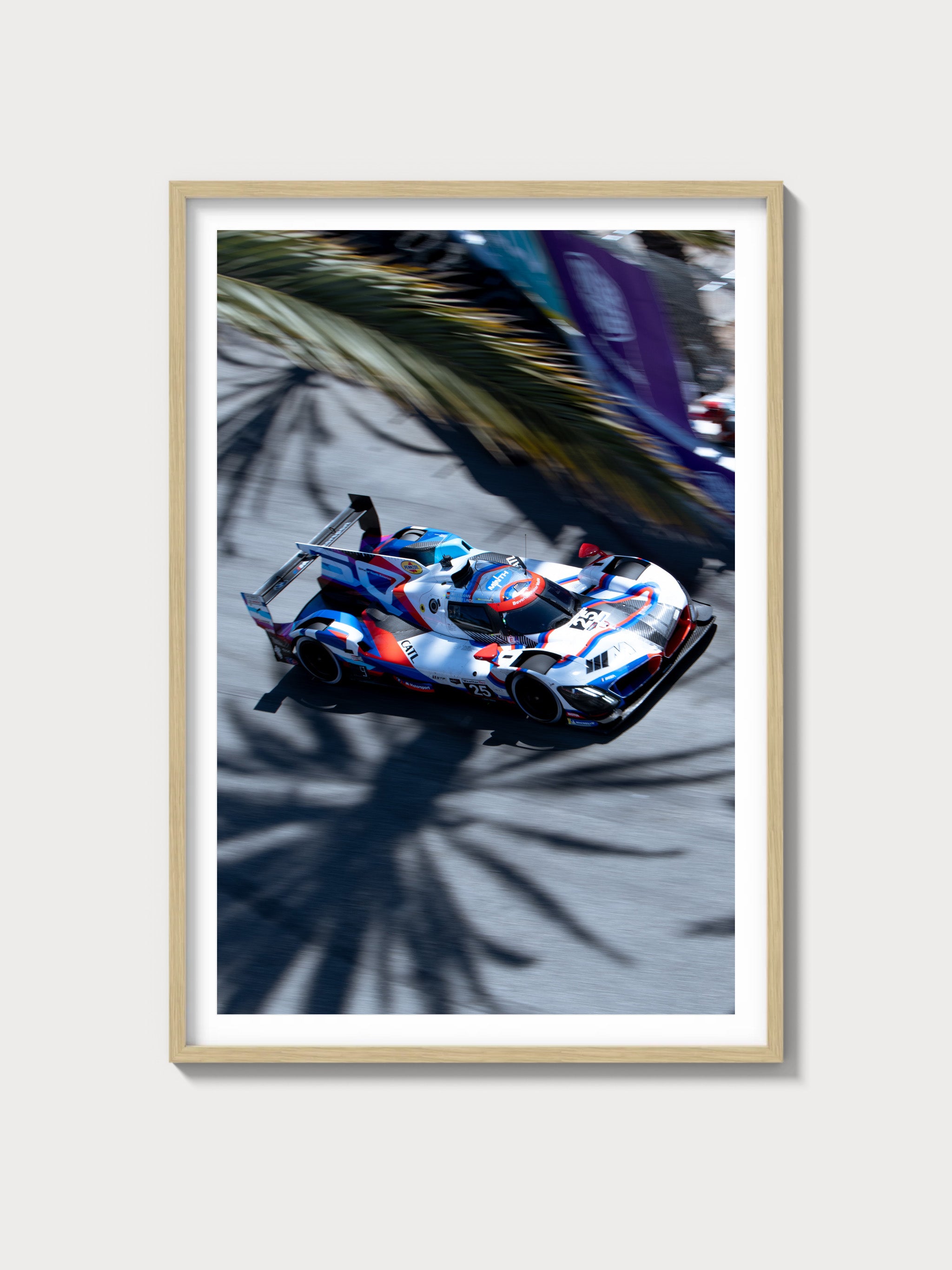Ferrari 488 GTB: The Definitive History, Specs, and Legacy
Introduction: Ferrari’s Turbocharged Mid-Engine Evolution
In the celebrated lineage of Ferrari’s road cars, the 488 GTB, introduced in 2015, stands as a turbocharged milestone—a mid-engine sports car that redefined performance with a 3.9-liter twin-turbo V8. Crafted by Ferrari’s Centro Stile with Pininfarina collaboration, this model saw approximately 15,000 units produced across its GTB (coupe), Spider (convertible), and Pista variants, succeeding the 458 Italia. The “488” denoted its engine displacement, blending race-inspired dynamics, aerodynamic refinement, and turbocharged power, cementing its place in Ferrari’s mid-engine legacy.
The year 2015 was a dynamic period for Ferrari, its racing triumphs—LaFerrari, California T—complementing road car innovation under Sergio Marchionne’s leadership. Unveiled at the 2015 Geneva Motor Show, the 488 GTB captivated with its sculpted design and turbocharged V8. This exhaustive history, penned with a Ferrari historian’s precision, explores its technical brilliance, its iconic styling, its racing legacy, and its enduring impact.
Historical Context: Ferrari’s Turbo Mid-Engine Leap
The Ferrari 488 GTB emerged during a transformative era for Maranello. By 2015, Ferrari’s racing pedigree—FF’s versatility, LaFerrari’s hybrid dominance—had solidified its stature, yet the company sought to evolve its mid-engine sports car lineage beyond the 458 Italia’s ~15,000-unit run (2009-2015). The 458 had set a benchmark with its naturally aspirated V8, but Ferrari aimed for a turbocharged successor to boost power and efficiency. The 488 GTB, with its 3.9L twin-turbo V8, enhanced aerodynamics, and advanced tech, answered, targeting enthusiasts and collectors while rivaling the Lamborghini Huracán LP 610-4 and McLaren 650S.
A total of ~15,000 units were built (2015-2019)—approximately 7,000 GTBs, 5,000 Spiders, and 3,000 Pistas—reflecting strong demand. Chassis 225789, the prototype, debuted at Geneva in March 2015, its aggressive form signaling a turbo era. This was a car for a global elite—European performance drivers, American speed buffs—its production balancing accessibility with Ferrari’s prestige amid the mid-2010s supercar surge.
The broader context of 2015 shaped its purpose. The sports car market thrived—Porsche 911 Turbo S, Audi R8 V10 Plus—while buyers sought power with efficiency. The 488 GTB bridged Ferrari’s racing heritage, rooted in the F430, with a turbocharged mid-engine future.
Technical Specifications: The Turbo V8’s Potent Power
The Ferrari 488 GTB’s heart was its 3.9-liter twin-turbo V8—a race-inspired powerplant designed for explosive performance and efficiency. Below, we dissect its engineering with historian’s detail.
Engine: The 3.9-Liter F154 V8 Turbo
Displacing 3,902 cc (bore 86.5 mm, stroke 83 mm), the 488’s V8 was a mid-mounted, all-aluminum unit with a 90-degree V-angle, featuring four valves per cylinder (double overhead camshafts per bank), a 9.4:1 compression ratio, and twin-turbo direct fuel injection. It produced 670 horsepower at 8,000 rpm (European spec) or 661 hp at 8,000 rpm (US spec)—a 100 hp gain over the 458 Italia’s 570 hp. Weighing 320 lbs, it delivered 561 lb-ft of torque at 3,000 rpm, far surpassing the 458’s 398 lb-ft.
This engine was a mid-engine titan. Chassis 228765, a 2016 GTB, showcased its turbocharged ferocity, blending race-bred power with road refinement.
Performance: Turbocharged Supercar Speed
The 488 GTB reached 205 mph (330 km/h), Spider 203 mph (327 km/h)—verified by Autocar’s 2016 test—outpacing the 458 Italia’s 202 mph, with 0-60 mph times of ~3.0 seconds (GTB) and ~3.1 seconds (Spider), a 0.3-second improvement. Its power-to-weight ratio (489 hp/ton European, 482 hp/ton US) surpassed the 458 (413 hp/ton), offering a thrilling supercar experience.
Chassis and Suspension: Mid-Engine Precision
The chassis was an aluminum spaceframe, weighing 1,370 kg (3,020 lbs) for GTB and 1,420 kg (3,131 lbs) for Spider—10 kg lighter than the 458 Italia due to optimized design. Its 2,650 mm wheelbase matched its predecessor, with fully independent suspension—double wishbones front, multilink rear, with coil springs and magnetorheological dampers (SCM-E)—delivering razor-sharp handling and a refined ride.
Transmission and Brakes: Advanced Dynamics
A 7-speed dual-clutch transmission—transverse-mounted—drove the rear wheels, its ratios (1st: 2.93, 7th: 0.76) favoring acceleration, with paddle-shift operation (50-ms shifts). Braking relied on 15-inch carbon-ceramic disc brakes with ABS, delivering 1.2g deceleration—exceptional for its class.
| Specification | Details |
|---|---|
| Engine | 3.9L V8 Turbo, 670 hp @ 8,000 rpm (661 hp US) |
| Displacement | 3,902 cc (86.5 mm x 83 mm) |
| Top Speed | ~205 mph (GTB) / 203 mph (Spider) |
| 0-60 mph | ~3.0 sec (GTB) / 3.1 sec (Spider) |
| Weight | 1,370 kg (GTB) / 1,420 kg (Spider) |
| Transmission | 7-speed dual-clutch, paddle-shift |
| Suspension (Front) | Double wishbone, coil springs, magnetorheological dampers |
| Suspension (Rear) | Multilink, coil springs, magnetorheological dampers |
| Brakes | Carbon-ceramic discs, 15-inch, ABS |
Design and Styling: Ferrari’s Turbocharged Elegance
The Ferrari 488 GTB’s aesthetic was a Ferrari-Pininfarina collaboration, refining mid-engine elegance with turbo flair.
Exterior: Sculpted Supercar Form
Ferrari’s Centro Stile and Pininfarina built all ~15,000 units—chassis 225789 (GTB) featured a sharper nose, side air intakes, and aerodynamic vents, finished in Rosso Corsa, with Spider variants adding a retractable hardtop. Its 2,650 mm wheelbase and aluminum body offered a sculpted, aggressive profile, with sleek lines enhancing its supercar appeal.
Interior: Refined Supercar Cockpit
The cabin was a driver-focused retreat: leather bucket seats (black or tan), a digital dash with steering-mounted controls, and Veglia gauges—tachometer (10,000 rpm redline), speedometer. Chassis 228765’s interior, with upgrades over the 458 Italia, balanced sportiness with refinement, contrasting the LaFerrari’s raw focus.
Production and Variants: A Turbo Mid-Engine Triumph
The Ferrari 488 GTB’s ~15,000-unit run (2015-2019) included ~7,000 GTBs, ~5,000 Spiders (2015), and ~3,000 Pistas (2018), with specials like the Pista Spider (2018). Chassis 225789 launched the series, while 240987 closed it, transitioning to the F8 Tributo. Its focus spanned road and track excellence.
Performance and Racing Legacy: A Dual-Purpose Icon
The Ferrari 488 GTB racing history thrived with the 488 Challenge and GT variants, winning at Le Mans (2016, 2019) and the 24 Hours of Daytona. Chassis 227543 (488 Challenge) showcased its track dominance. On the road—Autostrada, Pacific Coast—its 205 mph top speed and turbo agility reigned supreme.
Ownership and Market Value: A Modern Classic
The Ferrari 488 GTB value reflects its iconic status. Early owners included European racers and U.S. enthusiasts. Today, prices range $250,000-$300,000—chassis 225789 sold for $275,000 at RM Sotheby’s 2023.
Cultural Impact: Ferrari’s Turbo Mid-Engine Milestone
The 488 GTB marked Ferrari’s mid-engine turbo era, its V8 and refined dynamics influencing the F8 Tributo. In 2010s lore, it’s the car of turbocharged performance and timeless design, a milestone in Ferrari’s sports car heritage.
Comparisons: Ferrari 488 GTB vs Rivals
The Ferrari 488 GTB vs Lamborghini Huracán LP 610-4 pits 670 hp V8 turbo against 602 hp V10—Ferrari led in refinement, Lamborghini in aggression. The McLaren 650S (641 hp) matched in power but trailed in elegance.
| Model | Engine | Power | Weight | Top Speed |
|---|---|---|---|---|
| Ferrari 488 GTB | 3.9L V8 Turbo | 670 hp | 1,370-1,420 kg | ~205/203 mph |
| Lamborghini Huracán LP 610-4 | 5.2L V10 | 602 hp | 1,422 kg | ~202 mph |
| McLaren 650S | 3.8L V8 Turbo | 641 hp | 1,330 kg | ~207 mph |
Frequently Asked Questions
What was the Ferrari 488 GTB?
A 2015 3.9L V8 turbo mid-engine sports car.
How many were made?
~15,000 units (~7,000 GTB, ~5,000 Spider, ~3,000 Pista).
What engine powered it?
3,902 cc V8 turbo, 670 hp (661 hp US).
Did it race?
Yes—Challenge and GT variants dominated.
What’s its value?
$250,000-$300,000.

